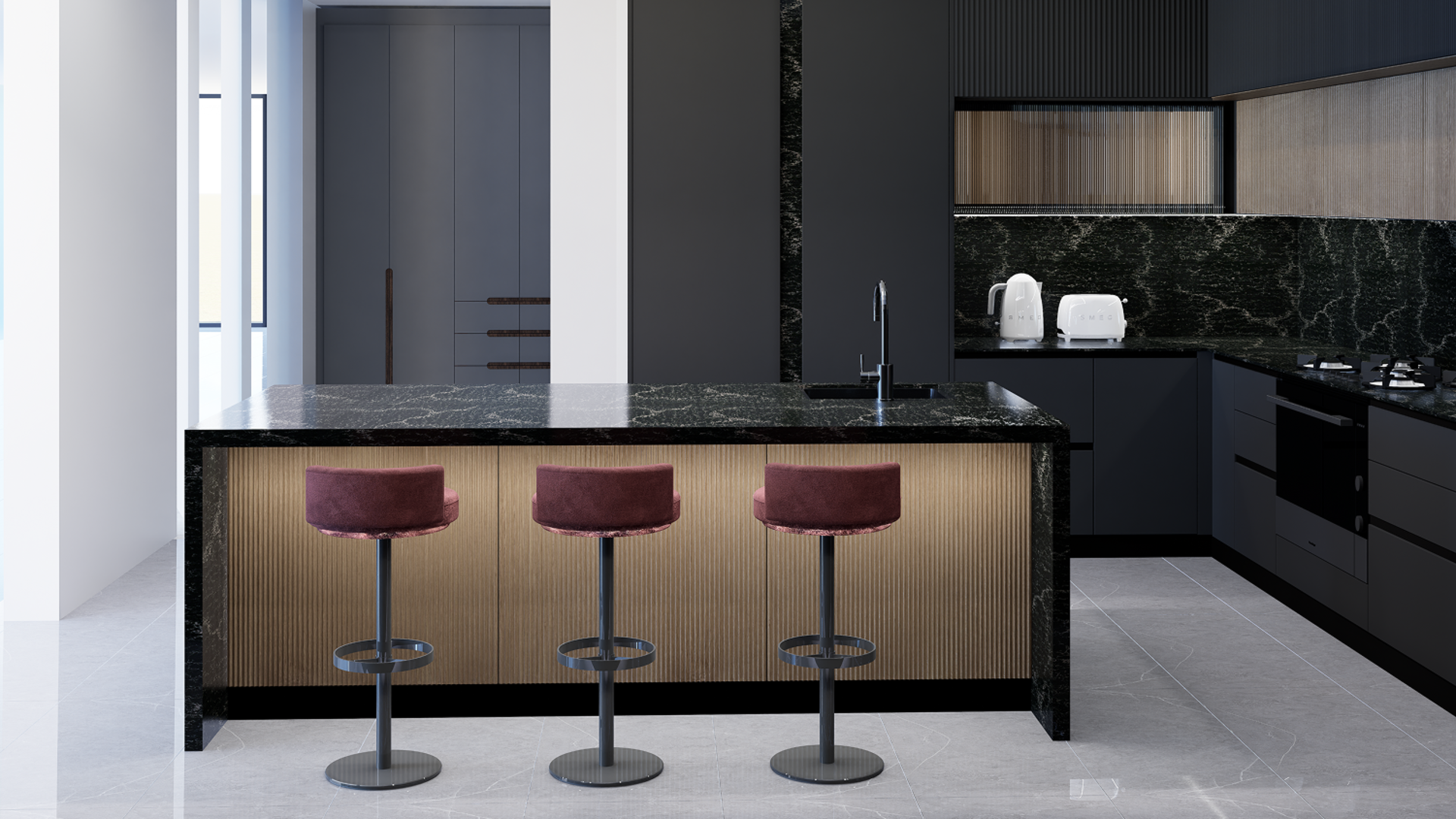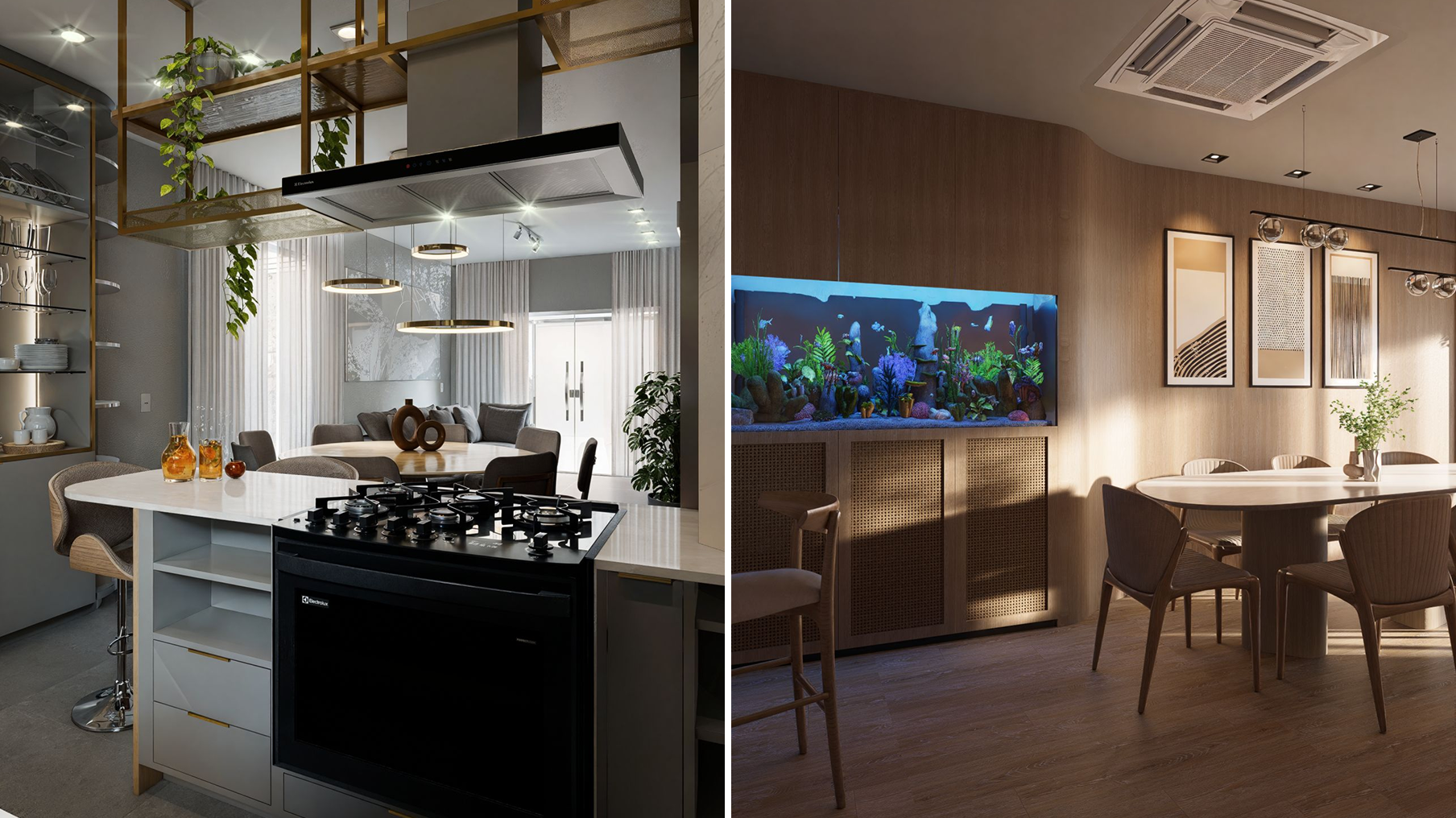«El D5 nos ayuda a enfocar la historia. Nos permite diseñar con más confianza, comunicarnos mejor y, en última instancia, ofrecer experiencias más significativas para las personas que visitan nuestros espacios».
—Carl Rhodes, director de diseño de G&A
Conclusiones clave:
- D5 Render transformó la comunicación de diseño de G&A al permitir contar historias en tiempo real y centradas en los visitantes, lo que ayuda a los clientes a experimentar los conceptos como viajes inmersivos en lugar de dibujos estáticos.
- La integración de D5 con Vectorworks agilizó el flujo de trabajo de G&A, reduciendo el tiempo de renderizado de horas a minutos, simplificando la iteración y mejorando la colaboración entre los equipos de diseño, medios y comisariado.
- Al adoptar D5, G&A obtuvo una ventaja empresarial estratégica—garantizar una aceptación más rápida de las partes interesadas, reducir los costos operativos y mejorar su narración visual para que esté a la altura de las principales firmas de arquitectura, al tiempo que enfatiza su experiencia narrativa única.
Descripción general de Studio
- Ubicación: NOSOTROS
- Tamaño del equipo: ~80
- Tipo de estudio: Diseño de experiencias
- Tipos de proyectos: museos, exposiciones, centros de ciencia e innovación
- Herramientas de modelado: Vectorworks
Estrategia y diseño de G&A, una reconocida firma de diseño de experiencias, se asoció con Museo de Historia Natural de Cleveland (CMNH) para reimaginar la experiencia de los museos para el siglo XXI. Mediante un proceso de visualización en tiempo real con D5 Render y Vectorworks, G&A creó entornos inmersivos y centrados en los visitantes, al tiempo que aceleraba los flujos de trabajo, alineaba a las partes interesadas y mejoraba la narración. Este estudio de caso explora cómo D5 Render permitió a G&A ofrecer experiencias culturales de primer nivel a gran escala, con claridad, velocidad y valor estratégico.
Antecedentes del proyecto: Transformación del Museo de Historia Natural de Cleveland
CMNH lanzó una renovación de 150 millones de dólares para reinventar por completo su espacio físico y su misión educativa. Abandonando el diseño cronológico, el museo adoptó una narrativa unificada centrada en la interconexión de la vida y la salud del planeta. G&A dirigió el diseño expositivo de nuevas alas clave, incluida la de 14,000 pies cuadrados. El Evolving Life Wing y el ala de 15 000 pies cuadrados Dynamic Earth Wing.
«Las exhibiciones adoptan un enfoque audaz y forman historias integradas de procesos planetarios y biológicos que hacen que estas poderosas fuerzas sean tangibles y relevantes en la vida contemporánea», dijo Joshua Gallagher, director gerente de G&A.
La misión: poner a los visitantes en el centro de la historia de la Tierra, a través de narrativas atractivas, artefactos físicos y medios inmersivos.
El desafío: comunicar la complejidad en el diseño de exposiciones
1. Complejidad narrativa en diversos espacios
El proyecto requería una narración fluida a través de experiencias espaciales muy diferentes, desde atrios luminosos hasta teatros oscuros y zonas sensibles con artefactos. Los flujos de trabajo antiguos no podían reflejar el recorrido completo del visitante ni las transiciones de humor entre zonas.
«Siempre estamos averiguando qué tipo de historia estamos contando y cómo», dijo Carl Rhodes, director de diseño. «A través de los medios, las pantallas físicas, los gráficos o la interactividad. Y pensamos en ello a través de los ojos del huésped».
2. Alineación de múltiples partes interesadas
Los diseños tenían que captar la atención de curadores, científicos, arquitectos y financiadores por igual. Los planos de planta y las imágenes fijas tradicionales a menudo no lograban alinear la visión de estos grupos.
3. Cuellos de botella en el flujo de trabajo y agilidad limitada
Antes de D5, probar una idea de diseño implicaba exportar desde un software de modelado y volver a importarla a herramientas de renderizado, lo que costaba tiempo y desalentaba la experimentación.
«Antes, hacer una representación para cada opción de diseño suponía un esfuerzo adicional», señaló Carl. «Se hacía un cambio, se exportaba todo el archivo y se abría en otro programa; era muy unidireccional».
La solución: integrar D5 Render con Vectorworks
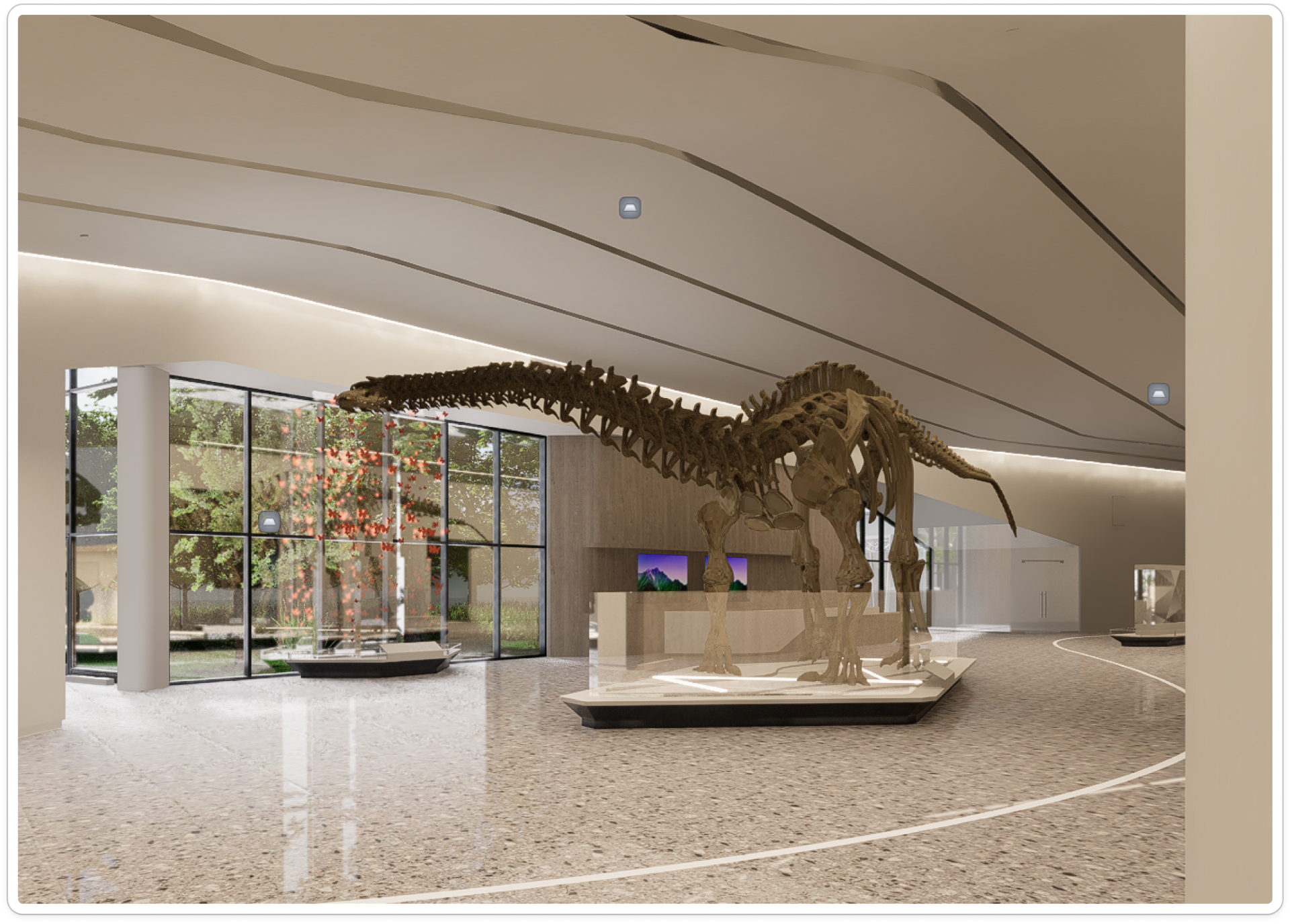

Sincronización en tiempo real para una iteración más rápida
G&A desarrolló una cartera fluida utilizando Vectorworks para modelar y D5 Render para visualización en tiempo real. Los diseñadores podían cambiar el diseño de las exhibiciones, las condiciones de iluminación o los ángulos de la cámara con comentarios inmediatos, lo que aceleraba tanto las revisiones internas como las presentaciones a los clientes.
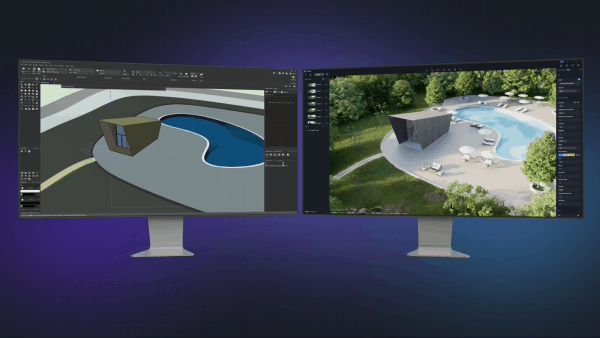
«A veces hacemos renderizaciones solo para validar nuestro propio pensamiento», dijo Carl. «Una vez que lo vemos juntos, algo suele tener que cambiar».
No todos los diseñadores son expertos en renderizado. Los programas de formación y las presentaciones internas ayudaron a fomentar la confianza en D5 en todas las disciplinas. Ahora, diferentes equipos (comisariales, espaciales y de medios) pueden trabajar en paralelo sin interrumpir el flujo de trabajo. Esto agiliza las revisiones internas y la toma de decisiones, al tiempo que elimina las exportaciones redundantes.
Agilidad de presentación y cambio de escenario
Con elementos de diseño organizados en Vectorworks capas, el equipo pudo cambiar rápidamente entre las opciones de diseño en D5 sin restablecer las escenas. Esto permitió una exploración más rápida de los conceptos e hizo que las reseñas de los clientes en directo fueran más dinámicas y productivas.
Narración de historias desde la perspectiva de un visitante
Las cámaras cinematográficas de la D5 y las cinemáticas permiten a G&A simular el viaje del huésped, haciendo hincapié en las transiciones clave y los momentos narrativos. Esto ayudó a los clientes a conectarse emocionalmente con el diseño y redujo la ambigüedad en las primeras etapas del proceso.
«Queremos que los clientes lo vean a través de los ojos de un visitante... que lo entiendan mejor y tengan más confianza en el diseño».
Manejar modelos grandes con facilidad
Para gestionar diseños complejos de museos de varios pisos, el equipo utilizó las herramientas de recorte, cubo y sección de D5 para visualizar las relaciones espaciales sin sobrecargar el sistema. Dividir los modelos en zonas también mejoró la estabilidad durante las presentaciones de alto riesgo. En los modelos de varios pisos, la segmentación de los archivos y el uso de herramientas como los cortes de secciones garantizaban la estabilidad y un rendimiento fluido.
«Poder dividirlo o aislar zonas hace que sea manejable», explicó Carl.
Lea también: Suavidad D5 |Gran capacidad de escena e interactividad en tiempo real
Simulación de iluminación y estado de ánimo
La capacidad de simular la iluminación natural ayudó a G&A a probar las transiciones de humor, como pasar de atrios luminosos a galerías oscuras, garantizando tanto el impacto visual como la seguridad de los artefactos.
Gestión organizada de escenas
Ángulos de cámara guardados y ajustes preestablecidos de iluminación en D5, los diseñadores tenían un control total durante las reuniones, lo que facilitaba guiar la atención, comparar opciones y mantener el flujo narrativo a lo largo de las revisiones.

Resultados e impacto empresarial
Ahorros de tiempo significativos
Lo que antes tomaba horas, o incluso toda la noche, ahora lleva minutos. Los diseñadores pueden producir imágenes de alta calidad en tiempo real, lo que les permite dedicar más capacidad a la resolución creativa de problemas y al trabajo estratégico, en lugar de a los obstáculos técnicos. Esta eficiencia se traduce en una entrega más rápida de los proyectos sin comprometer la calidad.
«Cuando empecé, tardaba dos horas en renderizar una imagen fija. Ahora puedo previsualizarla en tiempo real y una versión en alta resolución tarda un minuto. El renderizado se convierte en un subproducto, no en un cuello de botella».
Menos ciclos de revisión y aprobación más rápida de las partes interesadas
Los recorridos inmersivos permiten a los clientes, las juntas directivas de los museos y los donantes comprender la visión del diseño de inmediato. Esto reduce las idas y venidas, evita costosos cambios en las últimas etapas y genera confianza en las primeras etapas del proceso, algo fundamental para proyectos con múltiples partes interesadas y plazos de financiación ajustados.
Uso optimizado de los recursos
Como la visualización se integra perfectamente en el flujo de trabajo, G&A no necesita un equipo de renderizado independiente y especializado para cada proyecto. Esto reduce los gastos generales y, al mismo tiempo, garantiza que todos los diseñadores puedan contribuir a crear presentaciones de alta calidad.
Mayor ventaja competitiva
La precisión visual de D5 permite a G&A igualar o superar la calidad de presentación de las principales firmas de arquitectura, sin dejar de centrarse en la narración de historias y el diseño de la experiencia del visitante. Para las instituciones culturales que comparan propuestas, este nivel de claridad puede ser el factor decisivo a la hora de adjudicar proyectos.
Aumento de la velocidad y la productividad
Los renderizados que antes tardaban horas ahora se generan en minutos. Los diseñadores pueden crear prototipos, visualizar y refinar sobre la marcha, pasando de la producción a la estrategia.
«Cuando empecé, se tardaban dos horas en renderizar una imagen fija», comenta Carl. «Ahora puedo previsualizarla en tiempo real y una versión en alta resolución tarda un minuto».
Participación más rápida de las partes interesadas
Con las animaciones y los tutoriales en formato D5, las partes interesadas, desde las juntas directivas de los museos hasta los donantes, pudieron comprender la visión al instante. Esto acortó los ciclos de revisión y redujo los costosos rediseños.
Reducción de los gastos operativos
Como D5 se integra perfectamente con los flujos de trabajo existentes, G&A no necesita un equipo de renderizado independiente. Los diseñadores crean presentaciones en el mismo entorno en el que diseñan, lo que permite que los equipos sean ágiles y eficientes.
Posición competitiva más sólida
La fidelidad visual de D5 permitió a G&A igualar la calidad de las firmas de arquitectura y, al mismo tiempo, enfatizar su ventaja única en el diseño narrativo. Para los museos que seleccionaban socios, la claridad y la narración eran lo más importante.
Conclusión
Al integrar D5 Render en su cartera, G&A redefinió la forma en que se comunica y entrega el diseño de experiencias. Los resultados fueron más allá de los renderizados más rápidos: D5 permitió una mejor toma de decisiones, una colaboración más estrecha y una narración más clara para todas las partes interesadas del proyecto.
«El D5 nos ayuda a centrar la historia», afirma Carl Rhodes. «Nos permite diseñar con más confianza, comunicarnos mejor y, en última instancia, ofrecer experiencias más significativas para las personas que visitan nuestros espacios».
En el negocio del diseño museístico y cultural, ese tipo de claridad es más que una ventaja creativa: es competitiva.
🌟 Tu trabajo merece ser el centro de atención
¿D5 ha transformado la forma en que diseñas, presentas o colaboras? ¡Convierte tu proyecto de D5 Render en una historia que inspire a diseñadores de todo el mundo! Comparte tu viaje y deja que el mundo vea lo que es posible.
Al enviar tu proyecto, puedes:
✅ Participa en un estudio de caso global visto por miles
✅ Organice un seminario web de D5 y demuestre su experiencia
✅ Hable en los eventos oficiales de D5 y aumente su presencia en la industria
Esto es más que una función: es tu oportunidad de hacer crecer tu voz, construir tu marca e inspirar a una comunidad de diseño global. Comparta sus historias aquí.

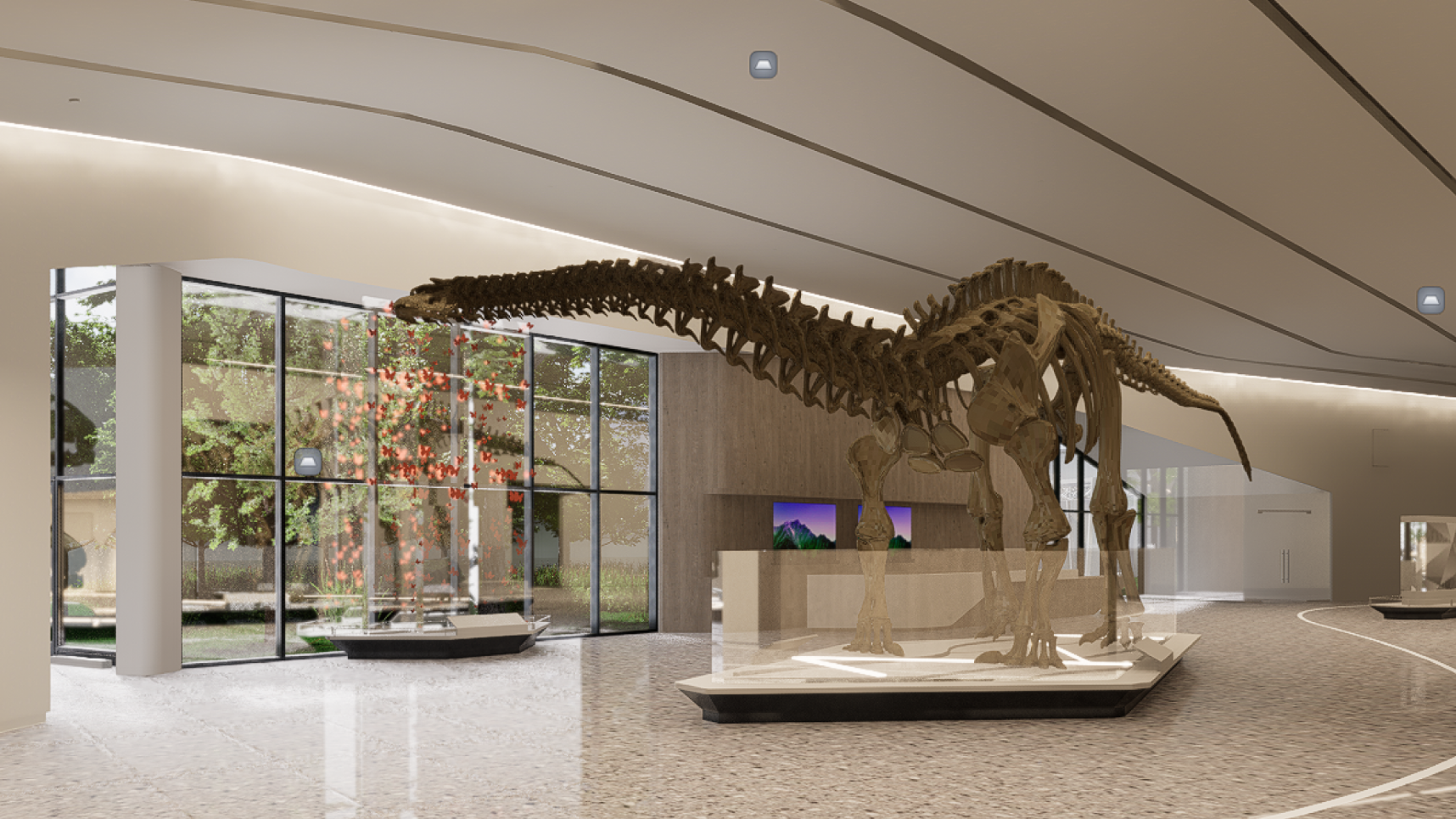


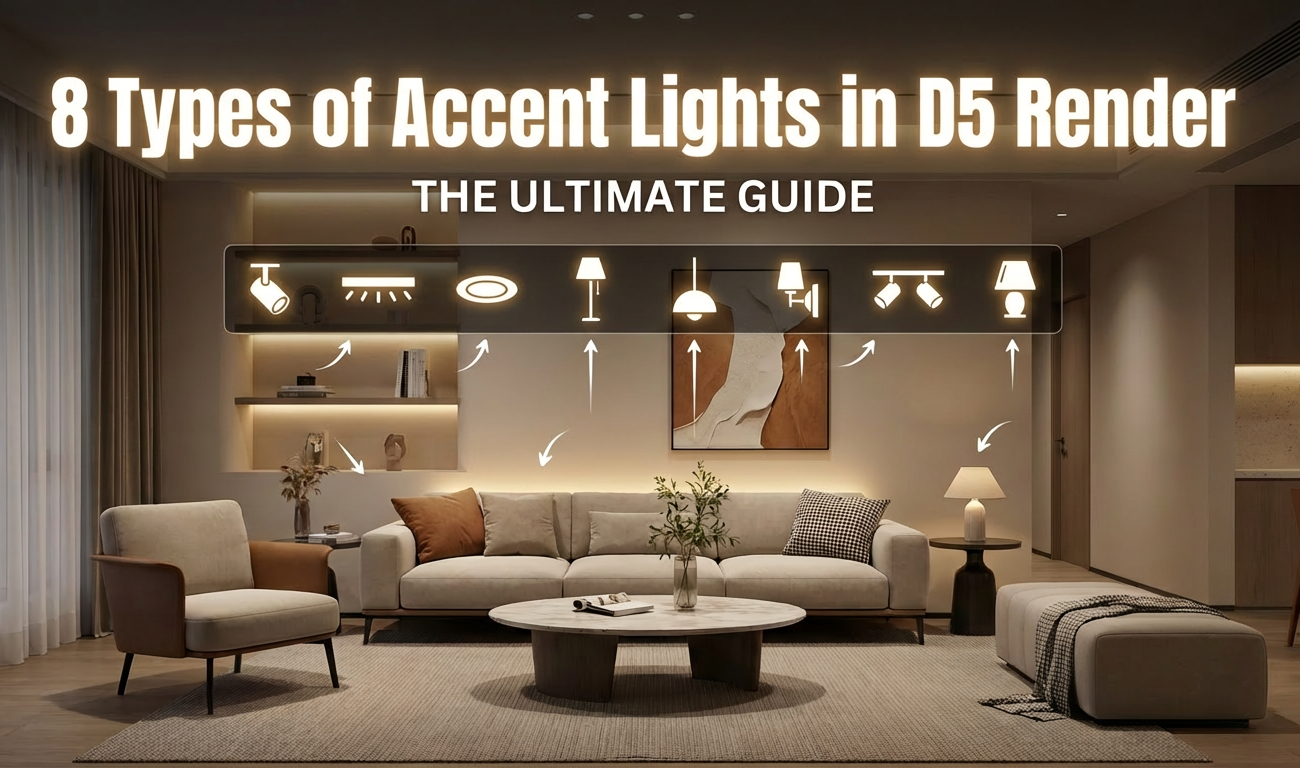

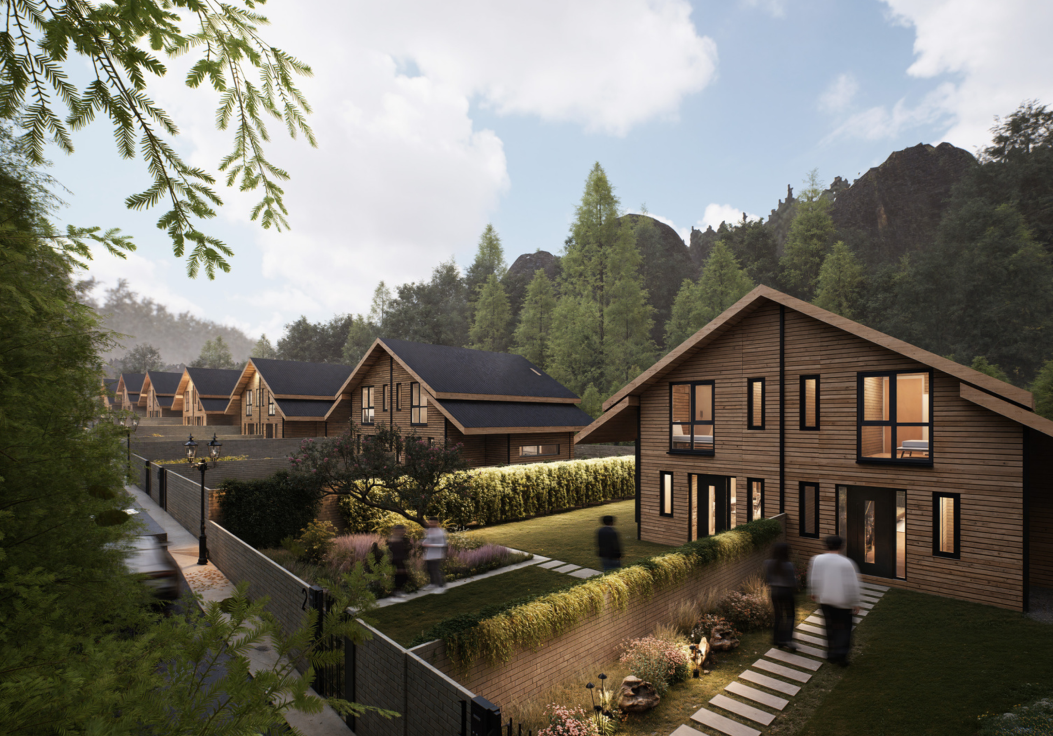
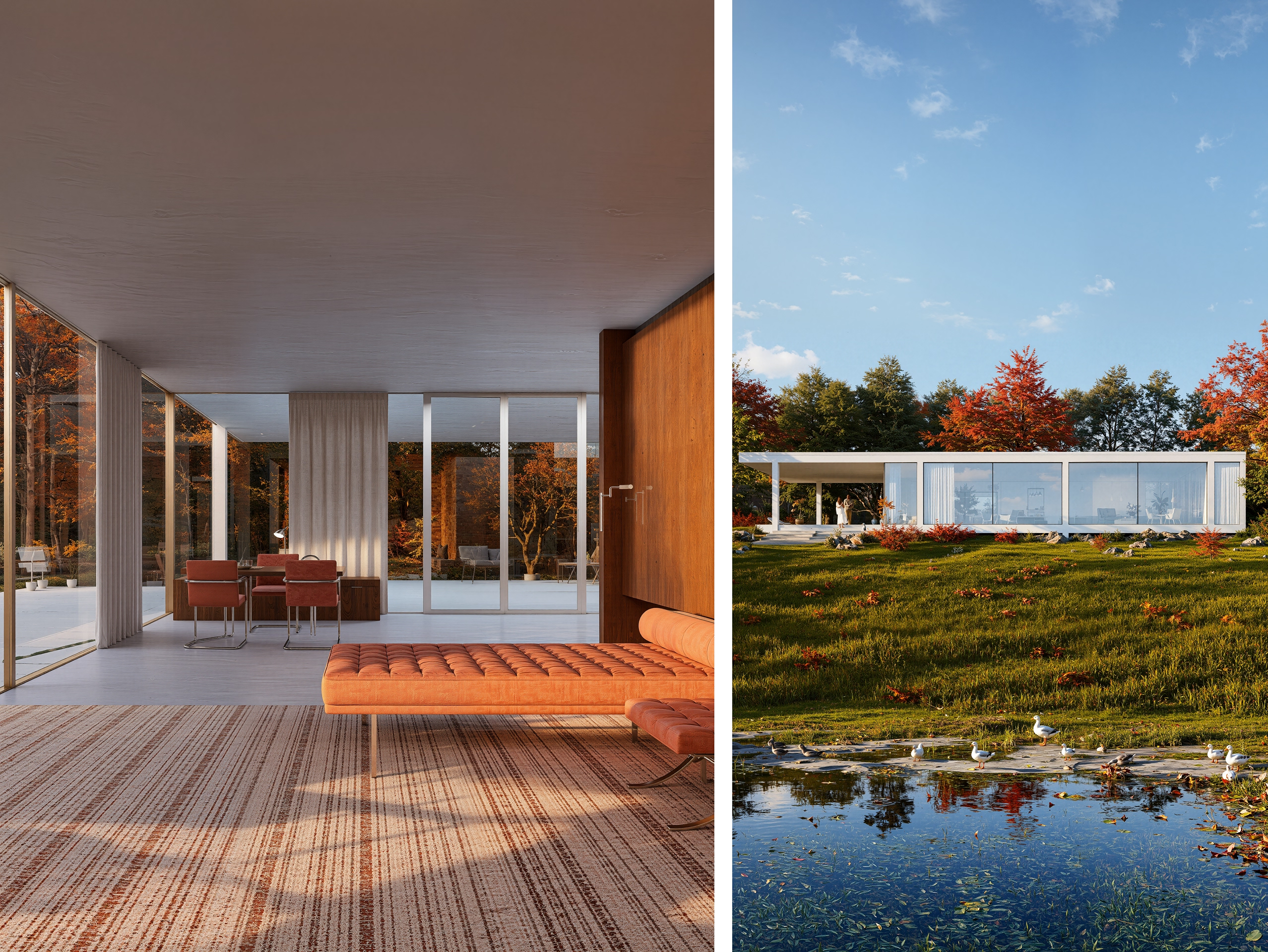
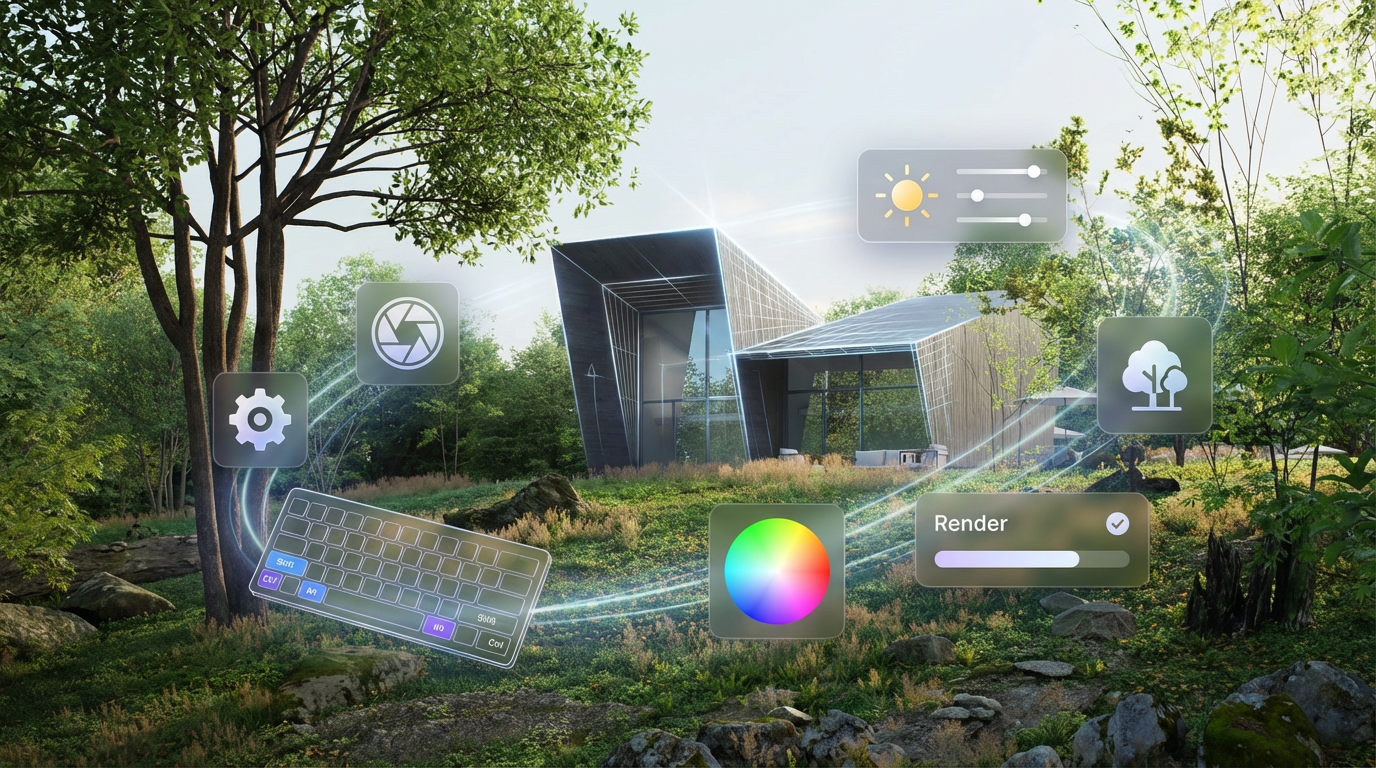
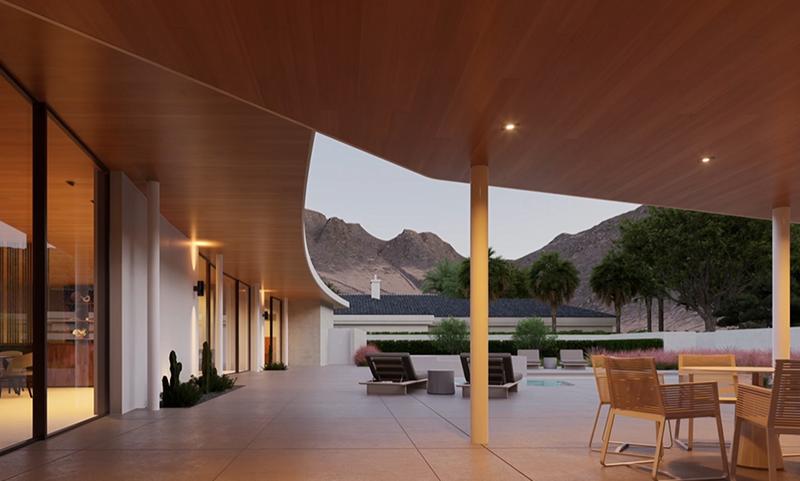
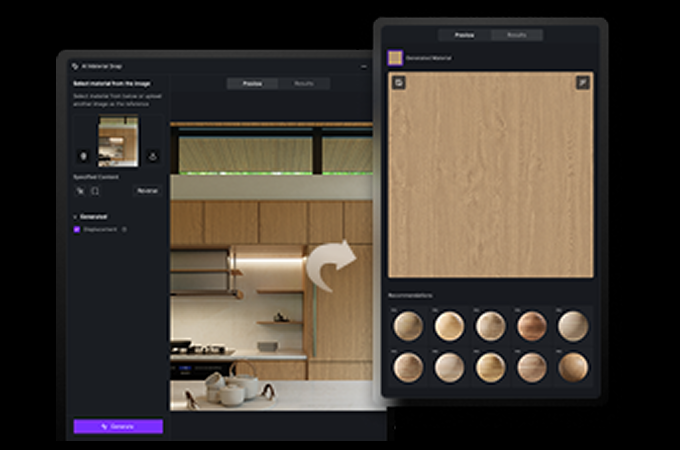
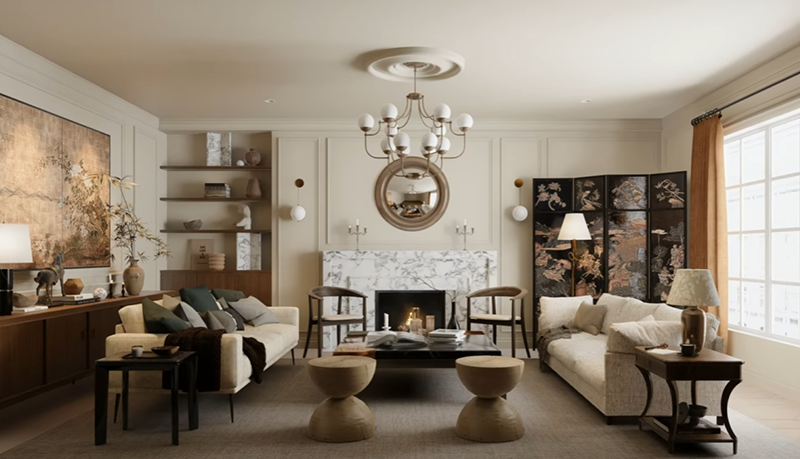



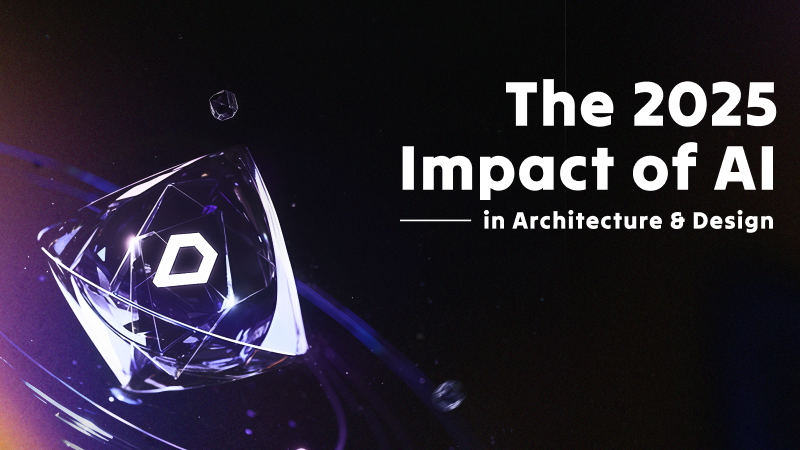
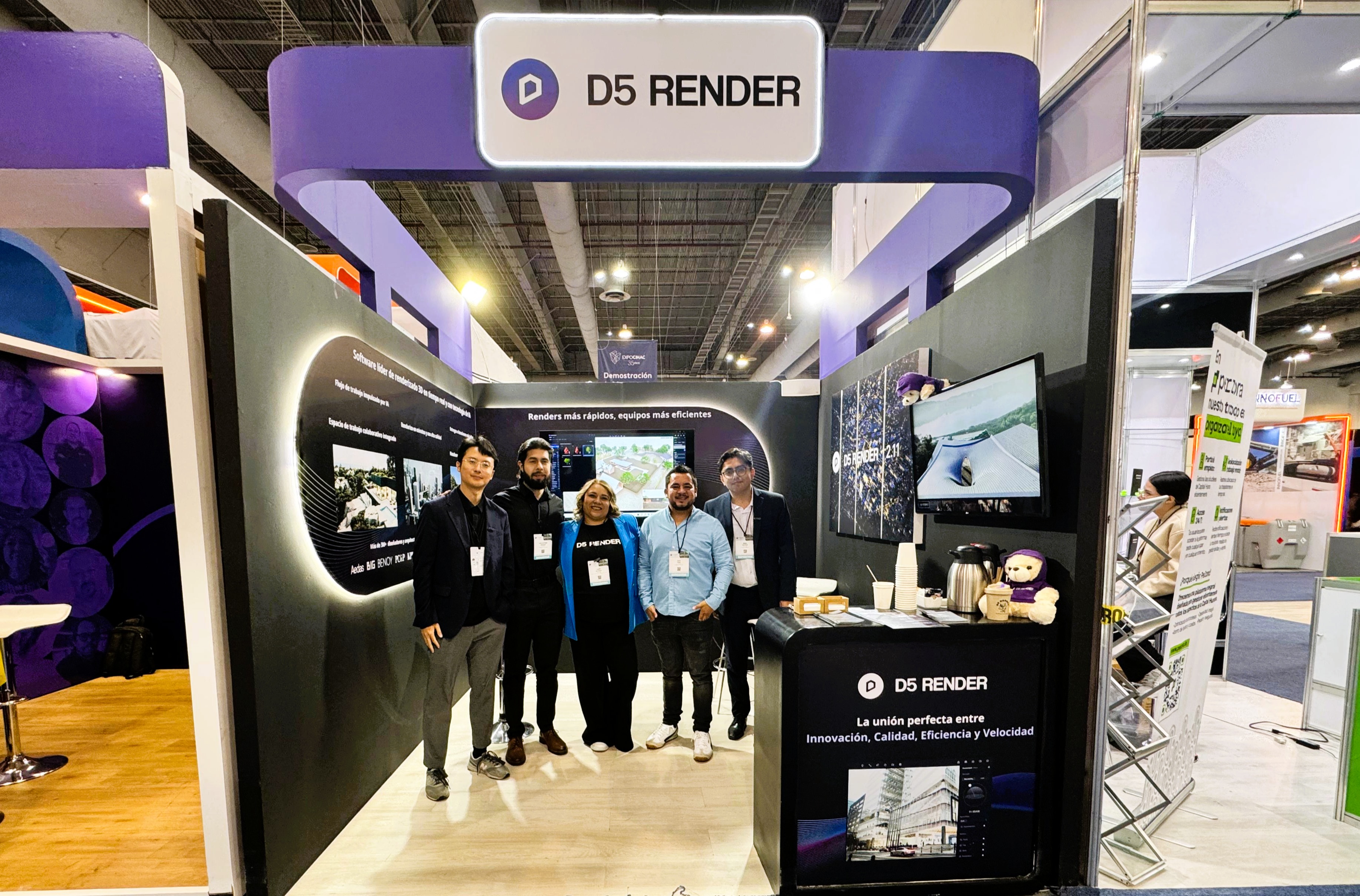
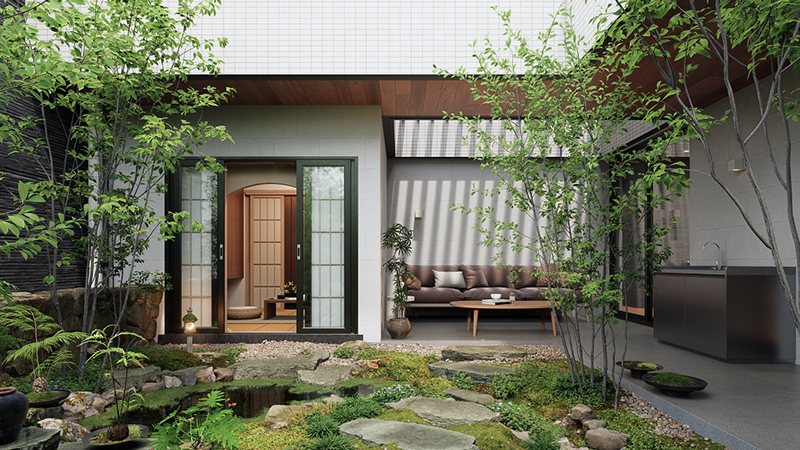
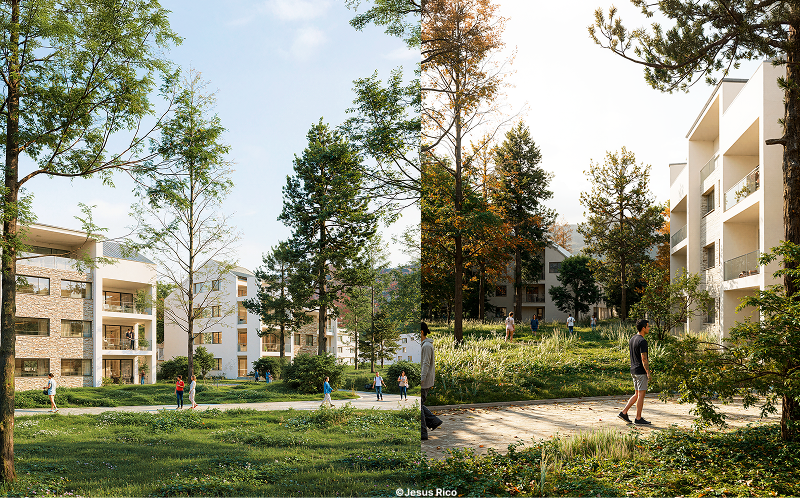
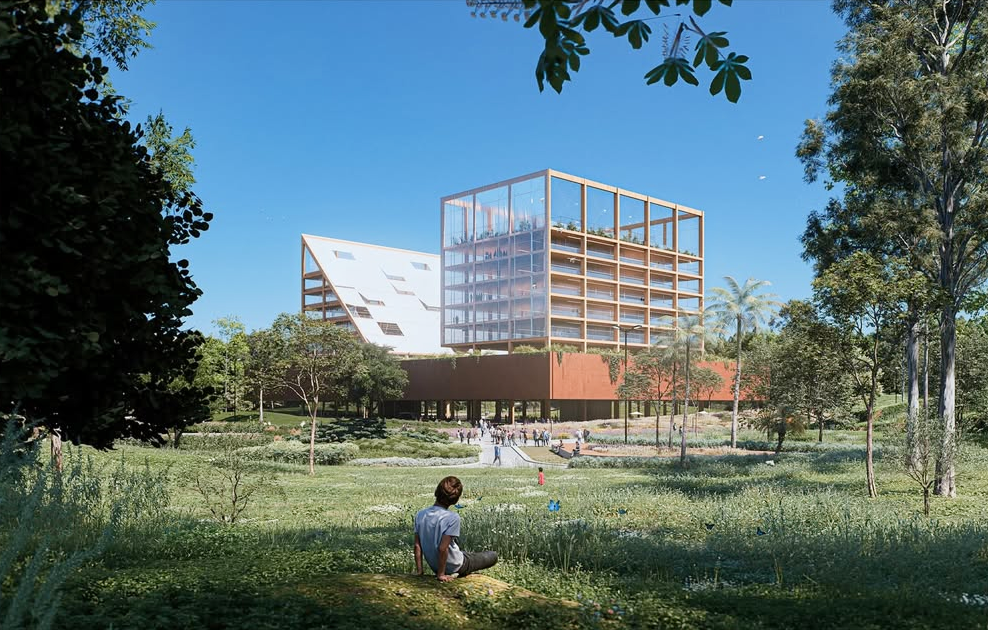
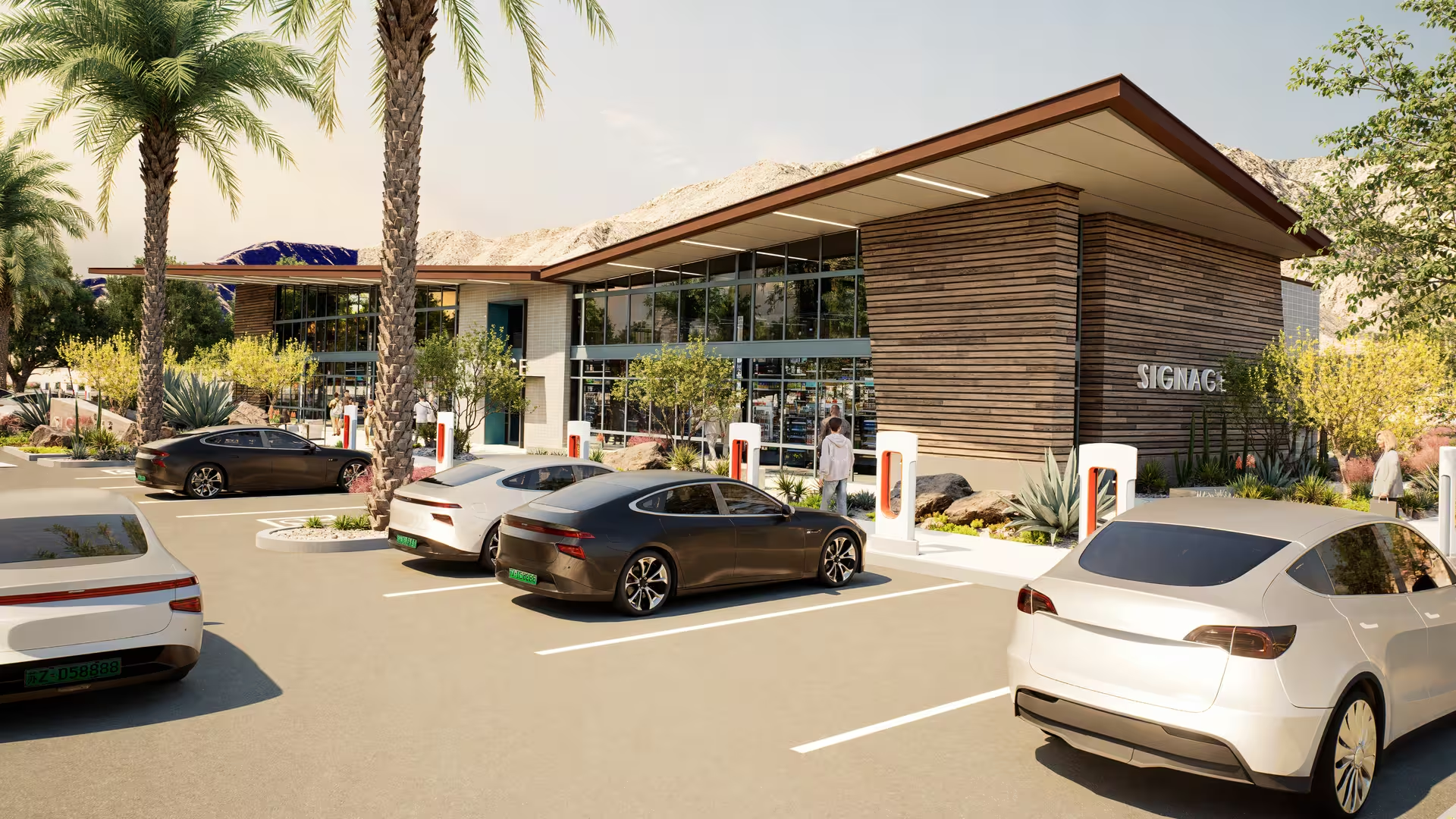

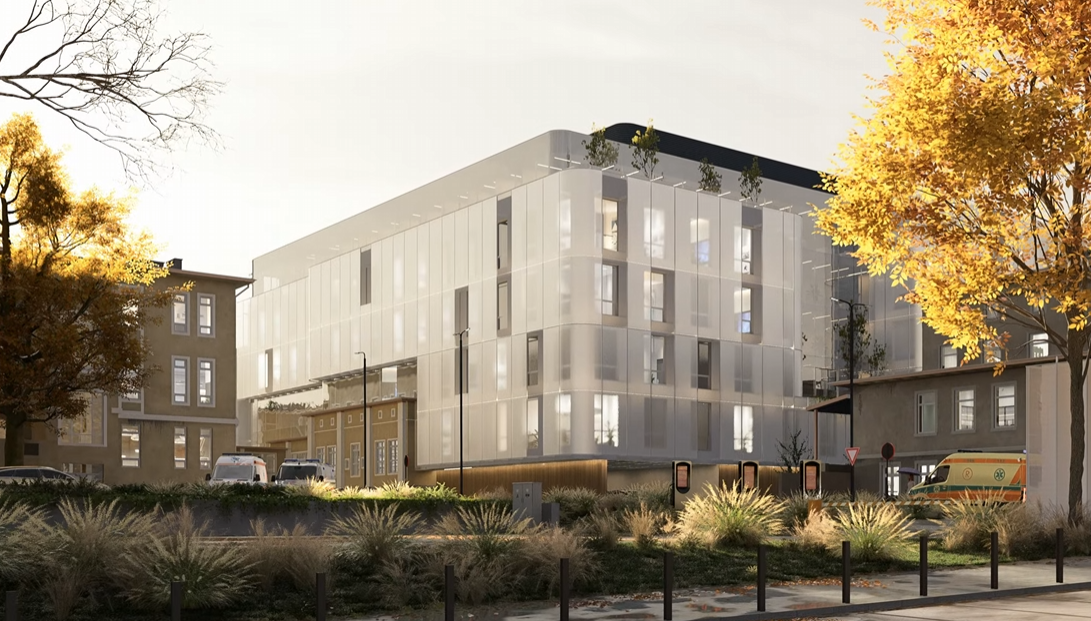
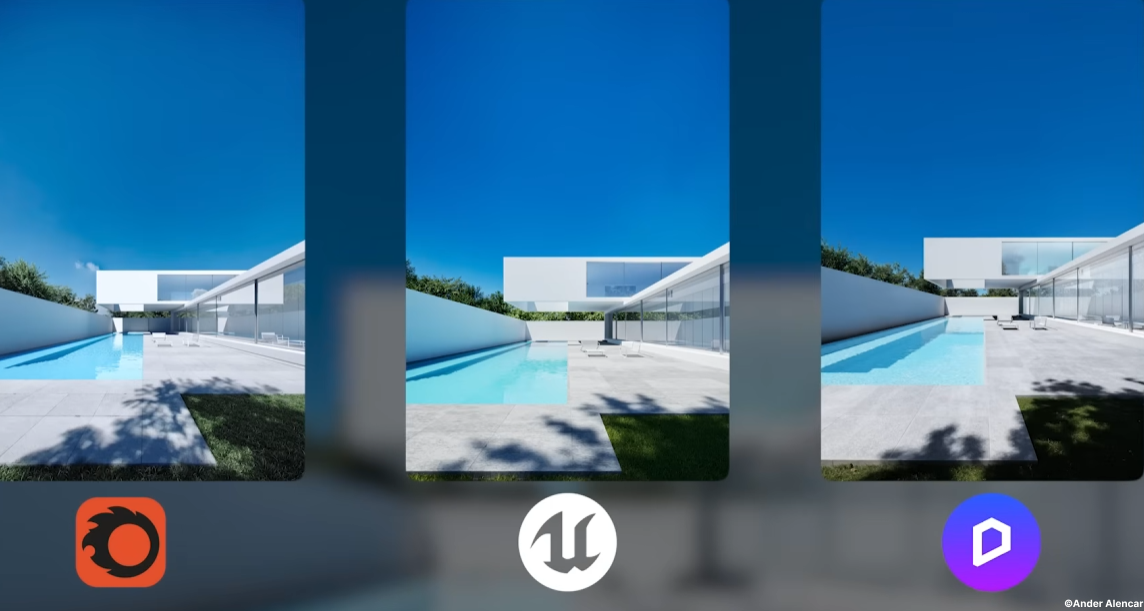
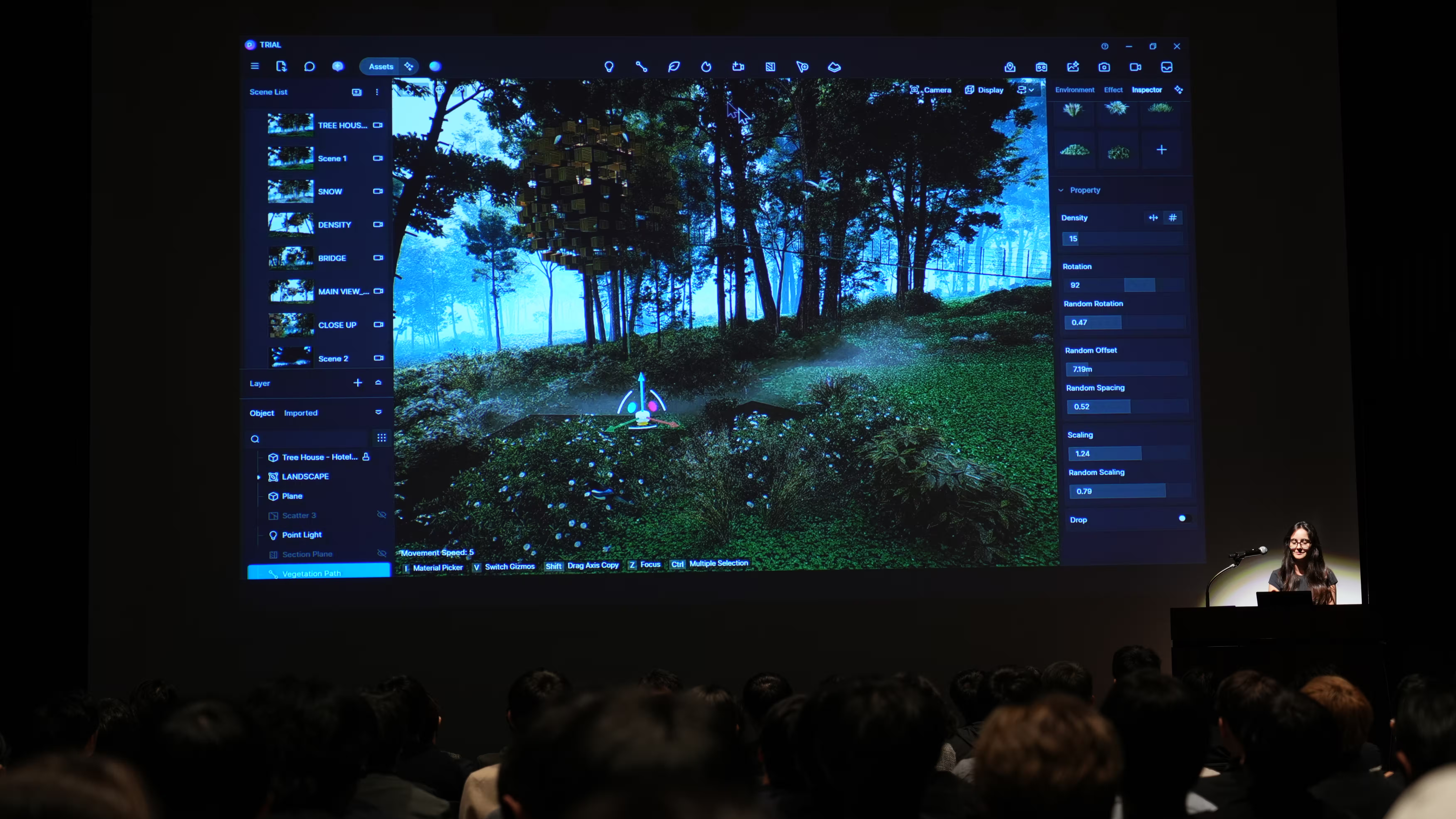

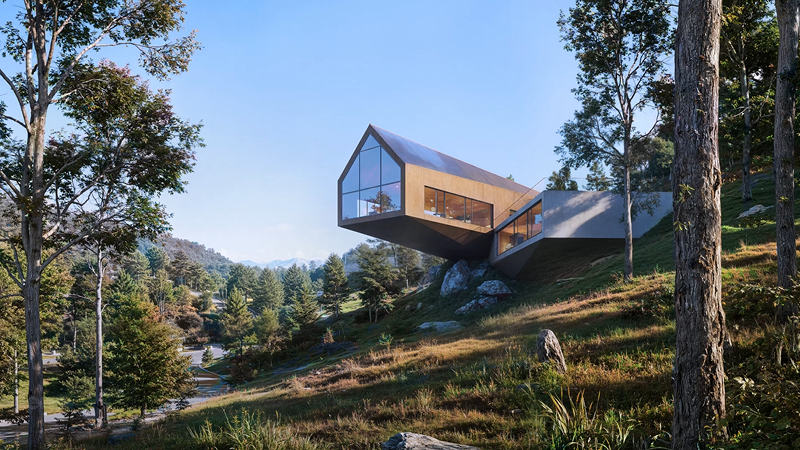
%20(1).png)
.png)
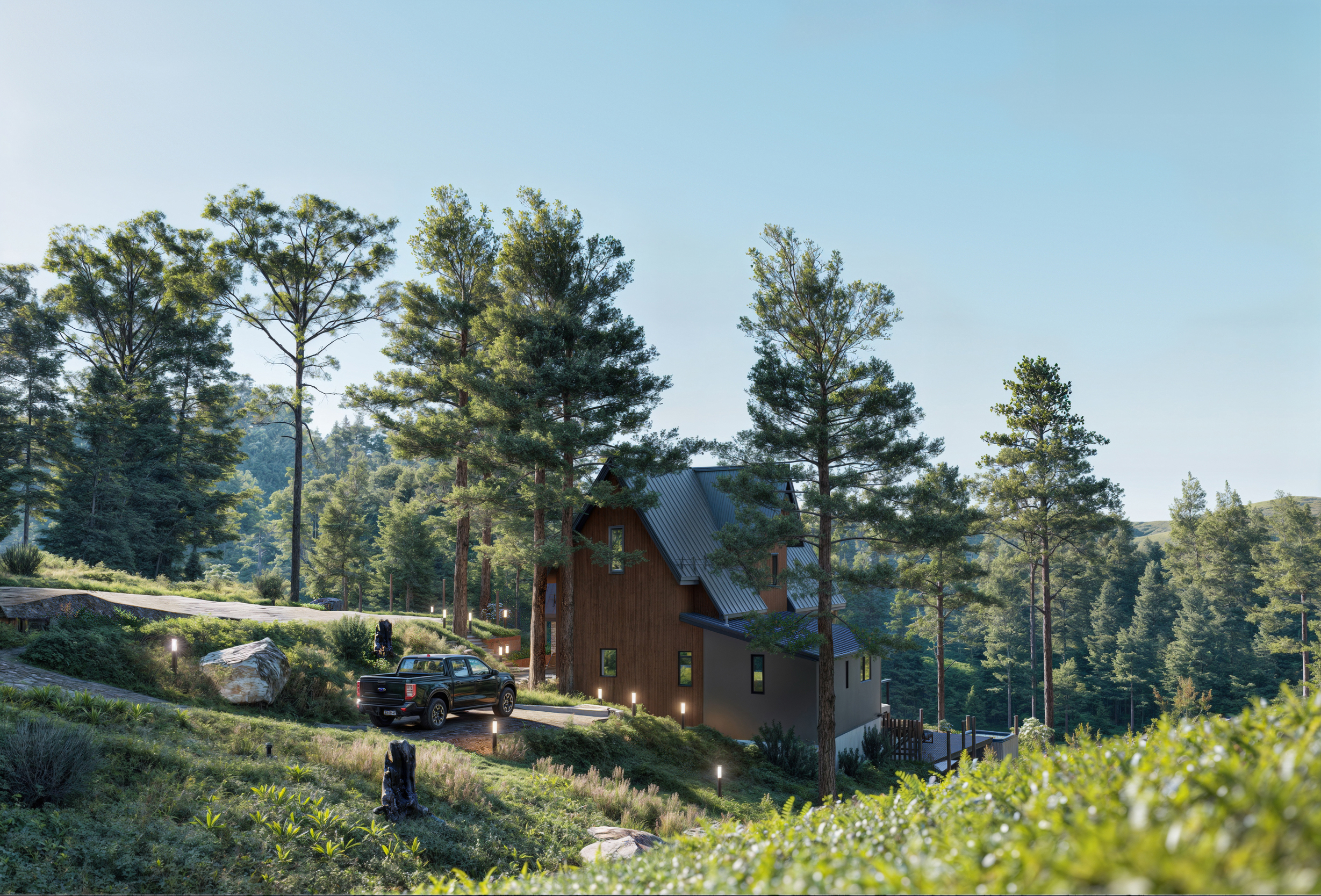
.png)

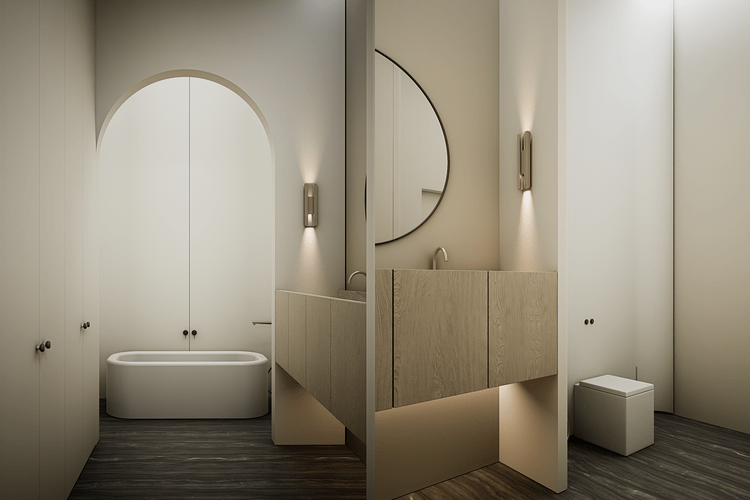
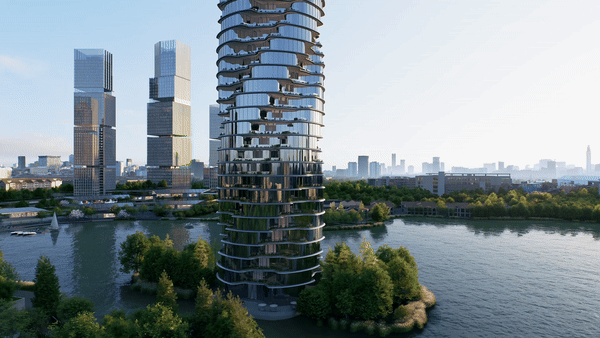
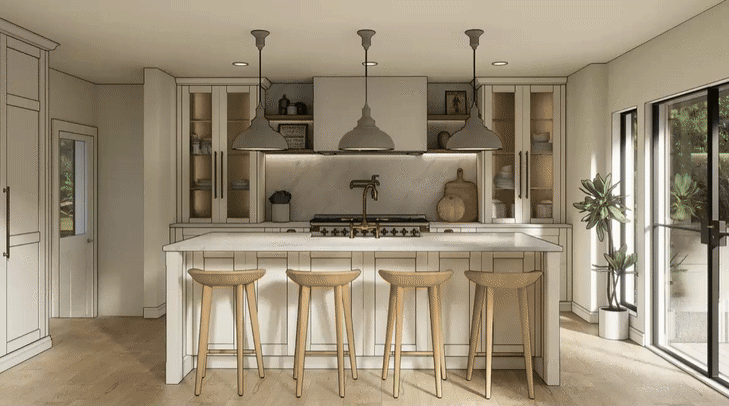
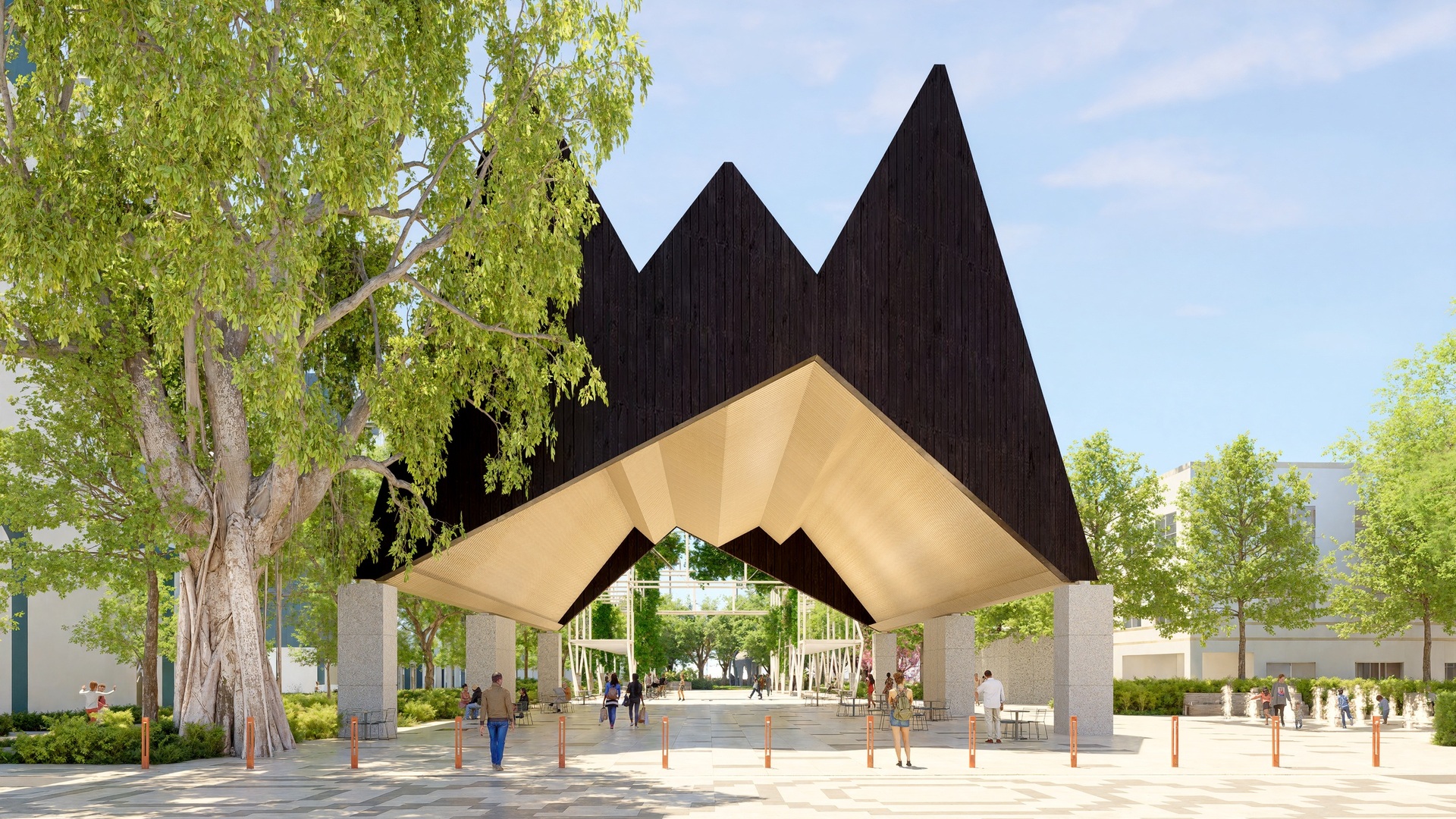
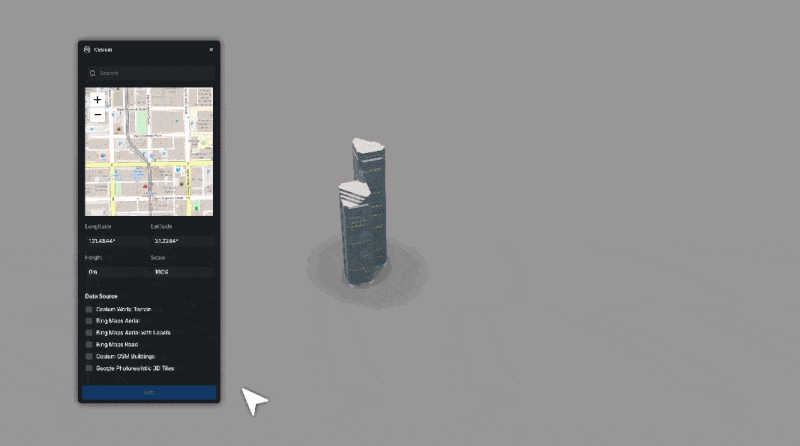


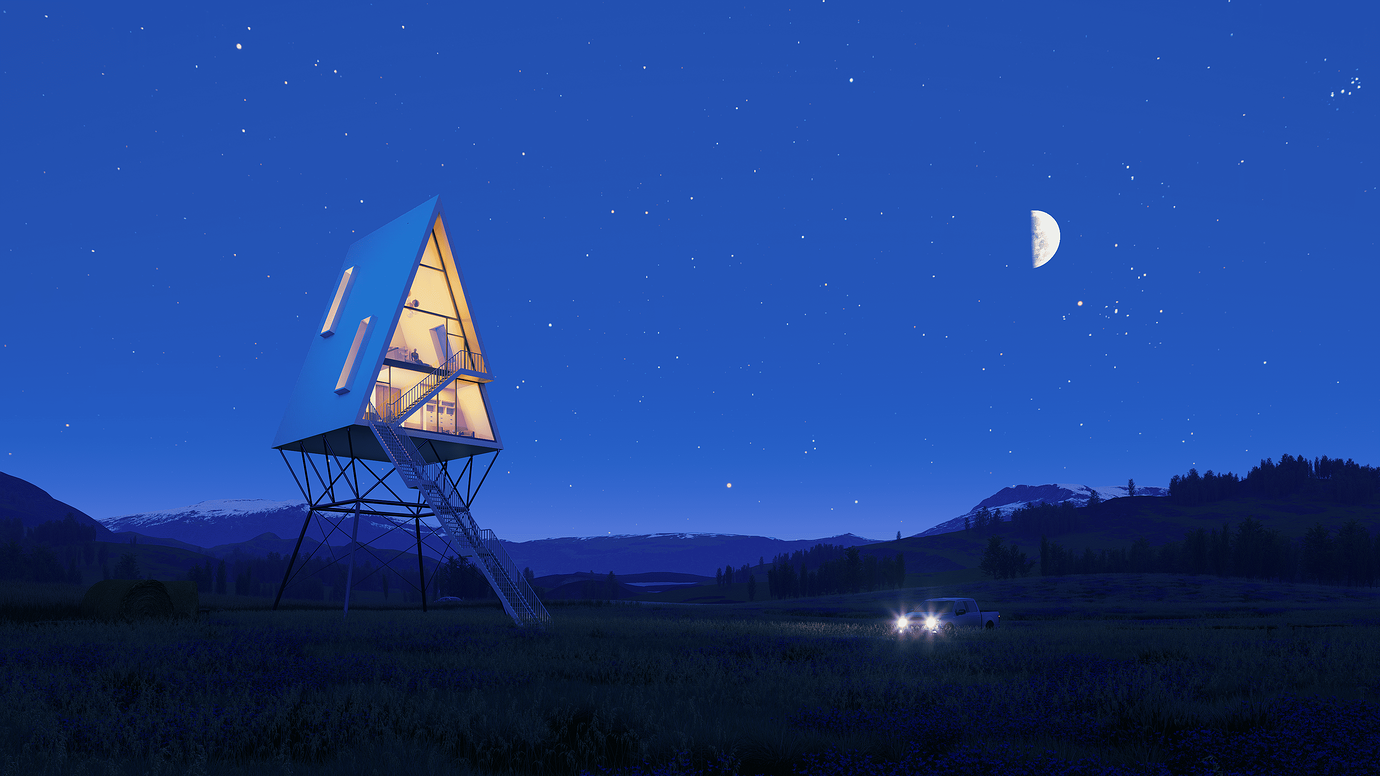
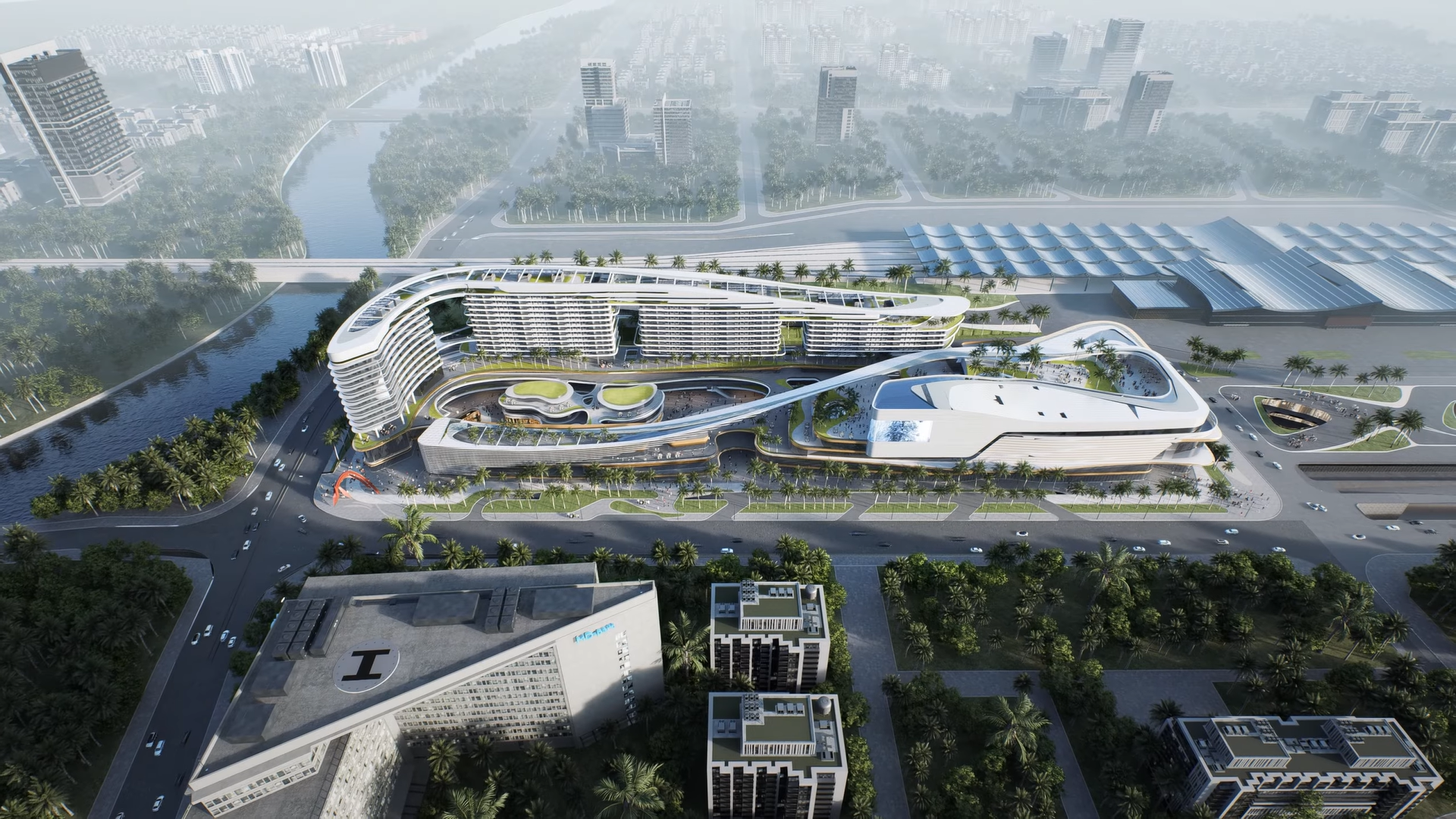
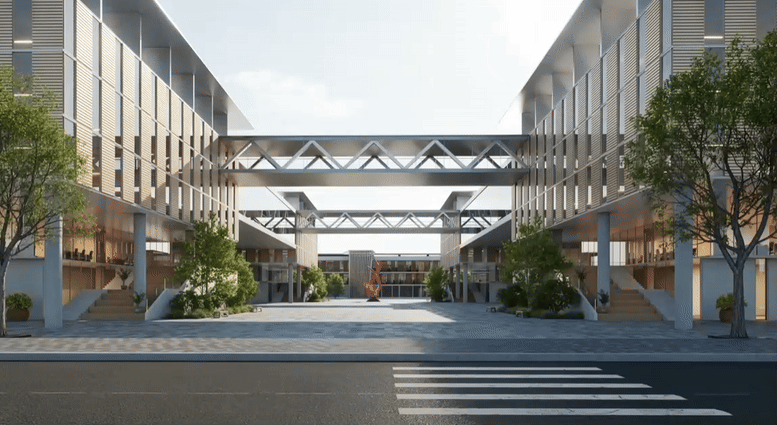
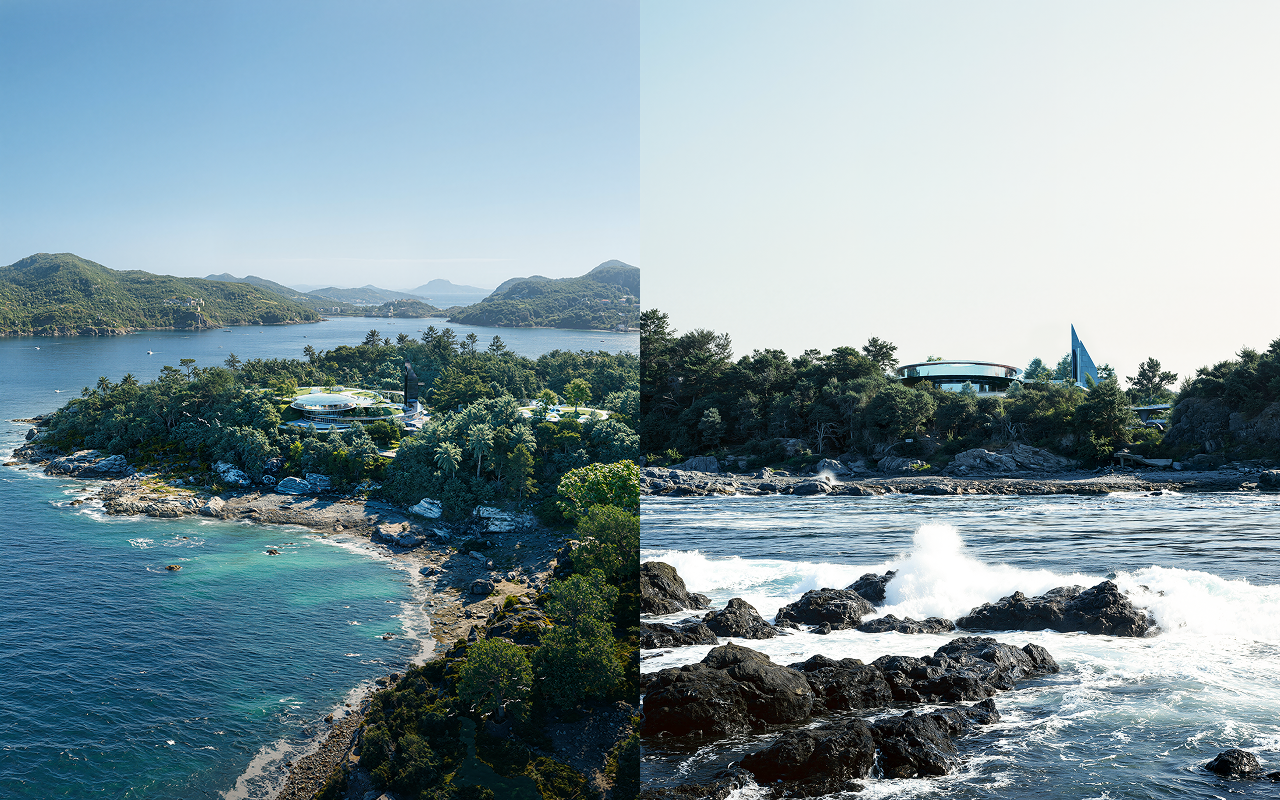
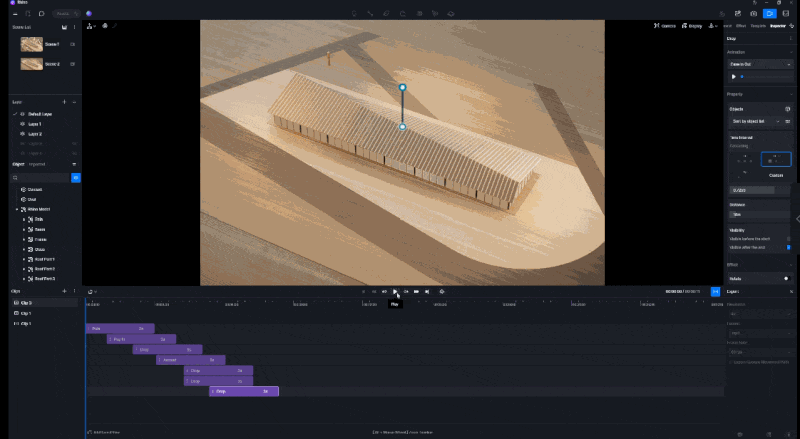
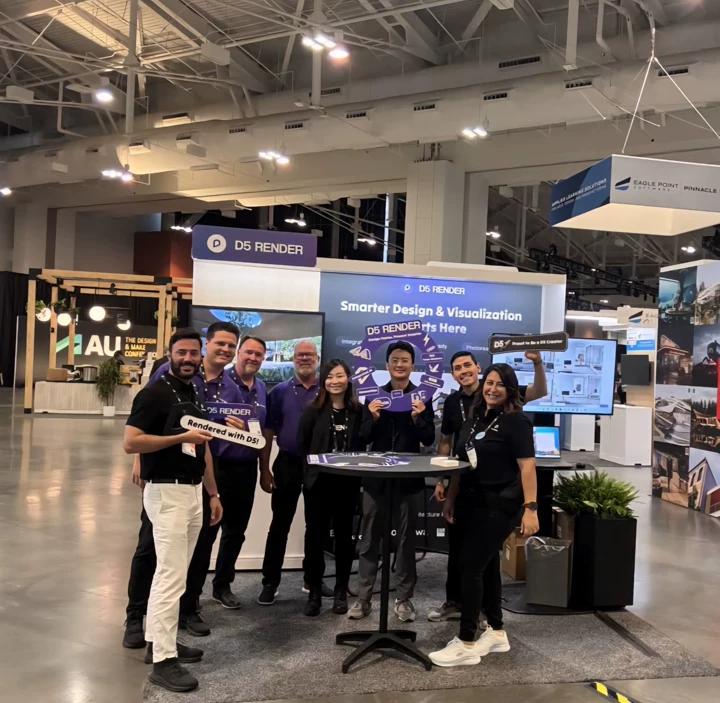


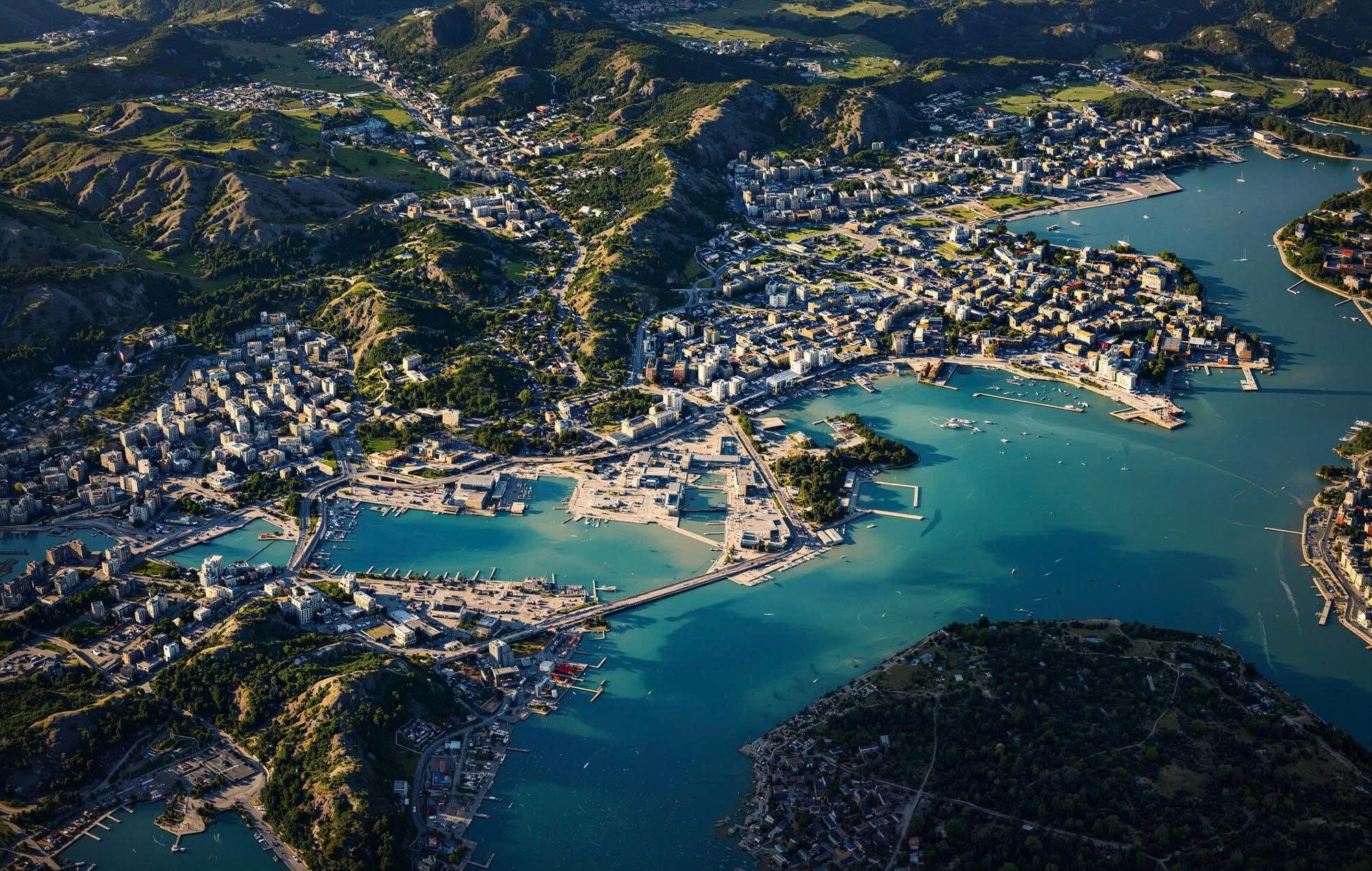
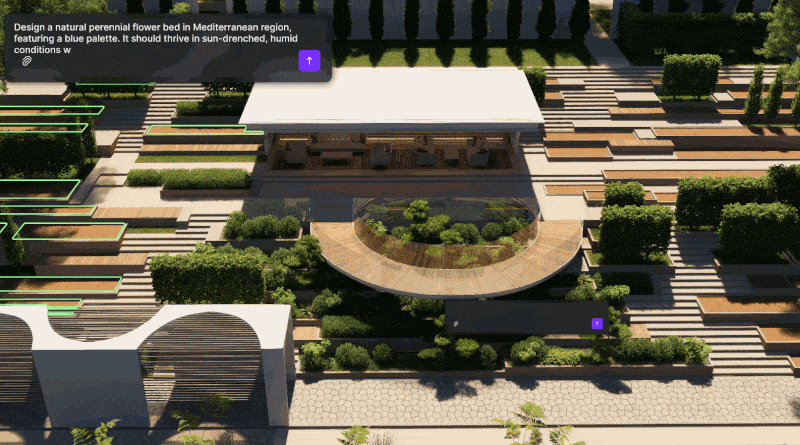
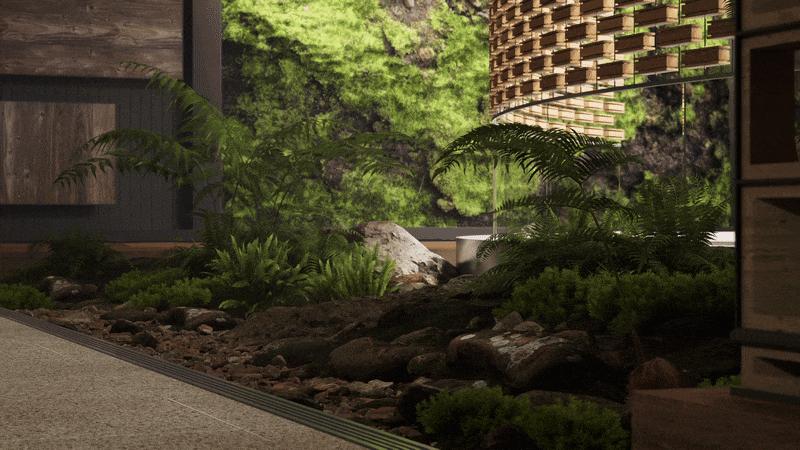


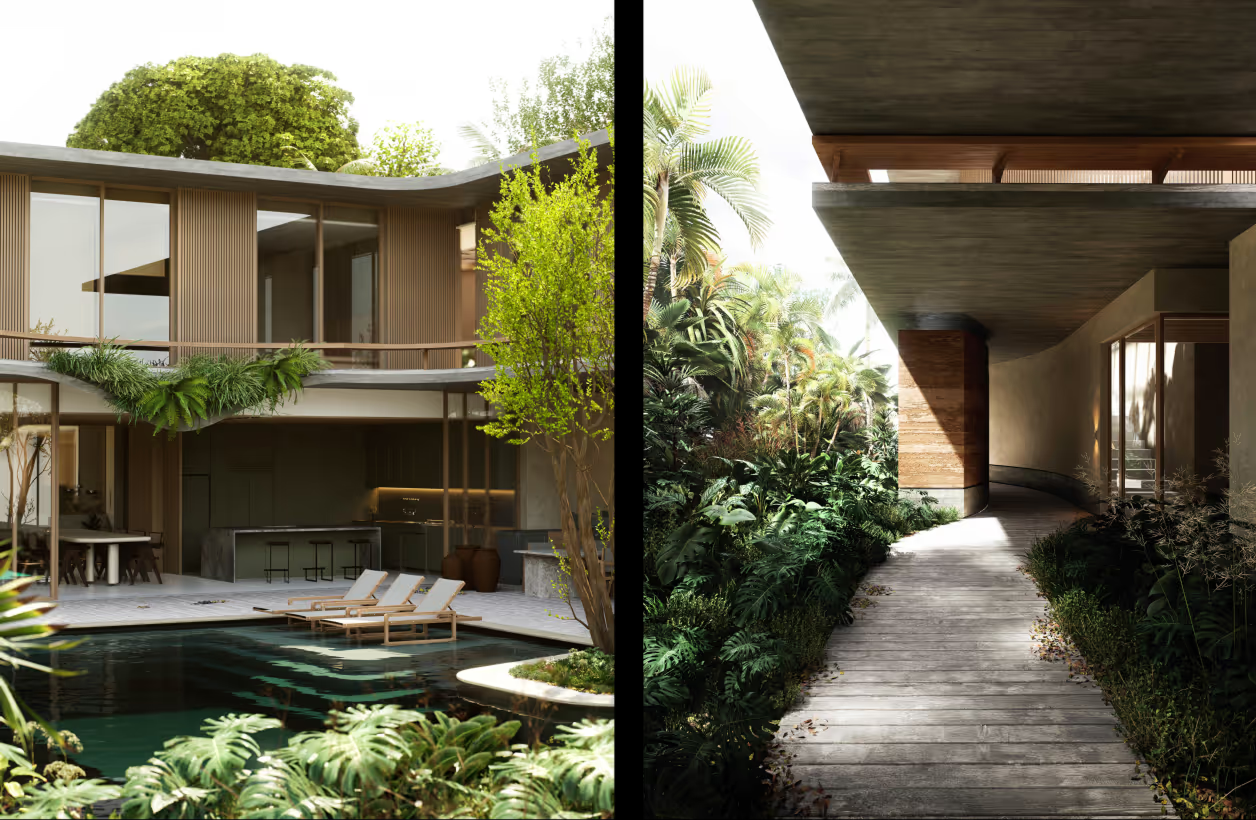
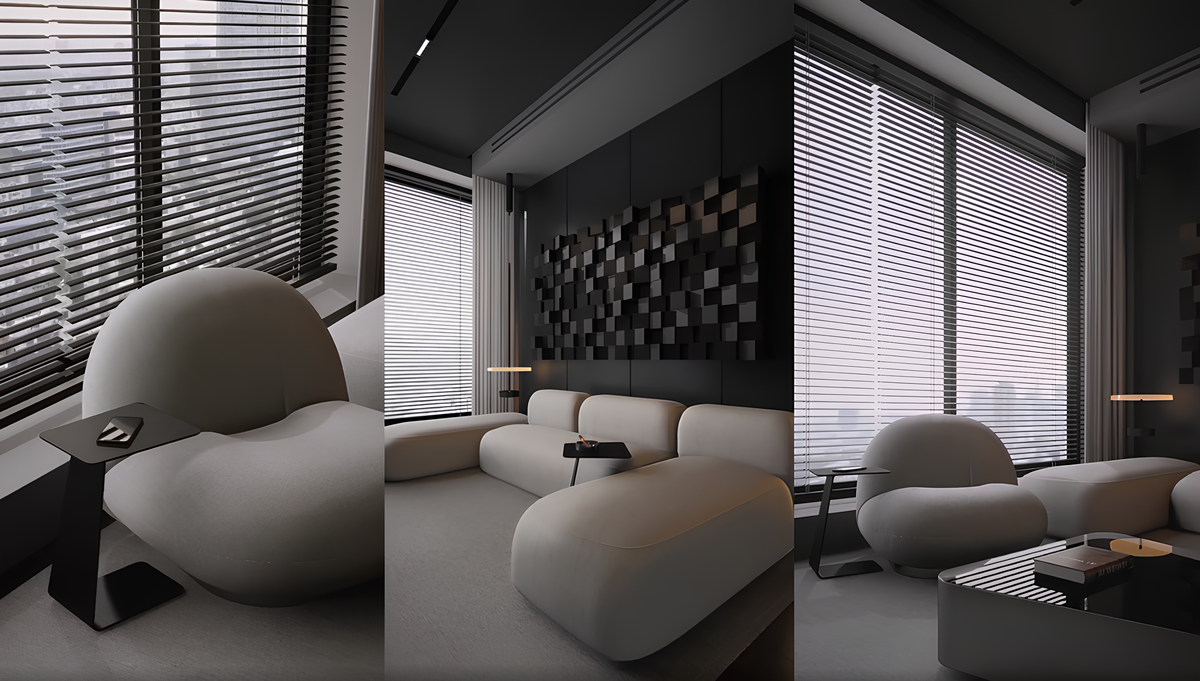

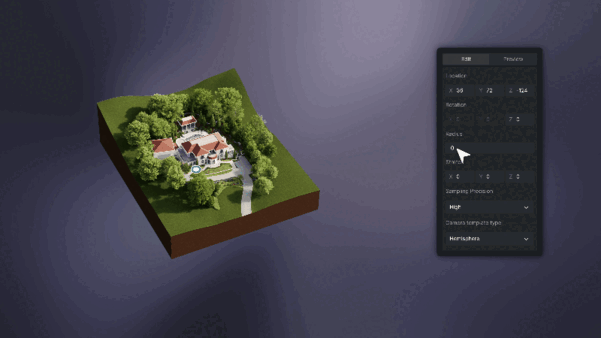
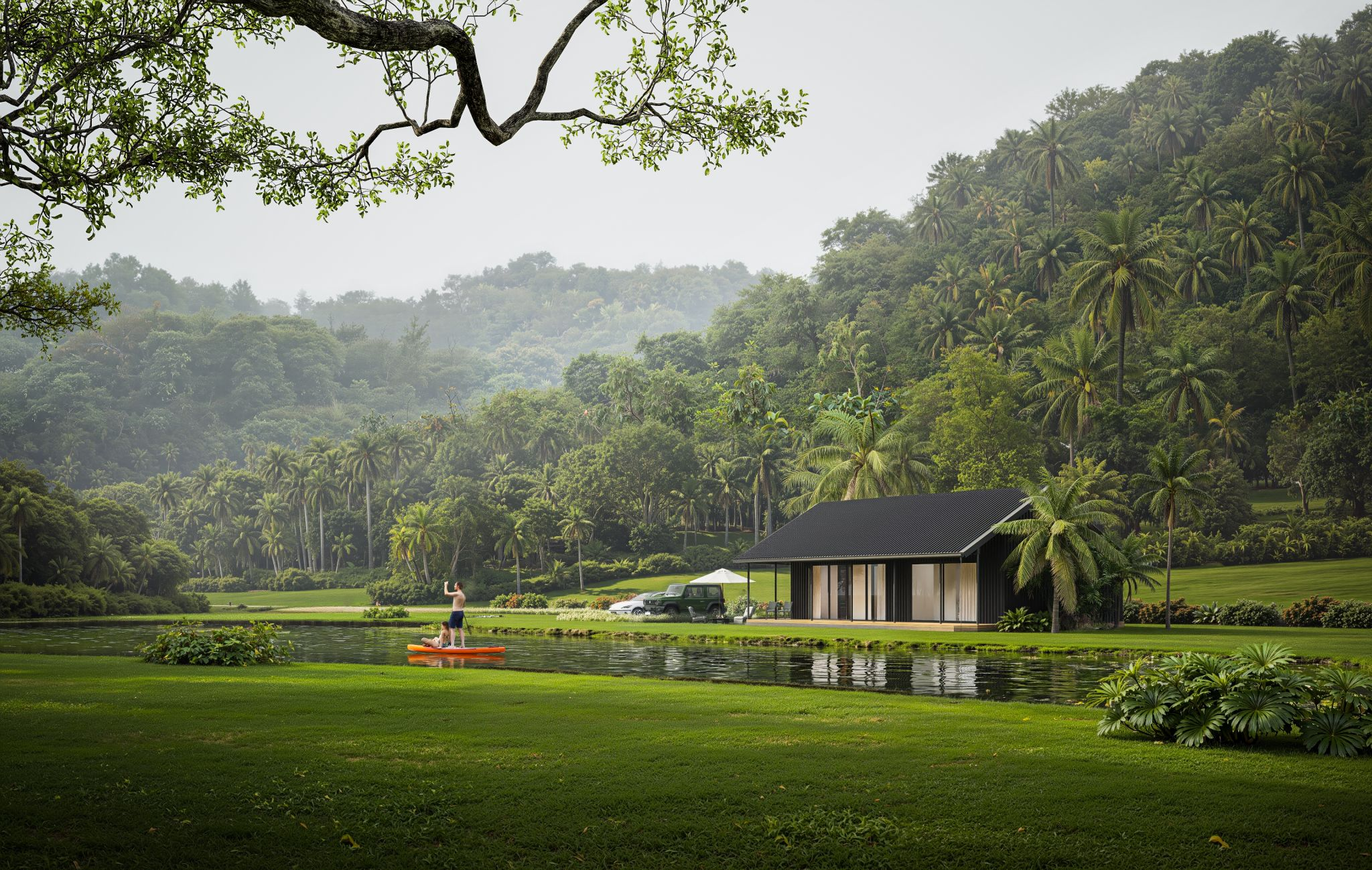

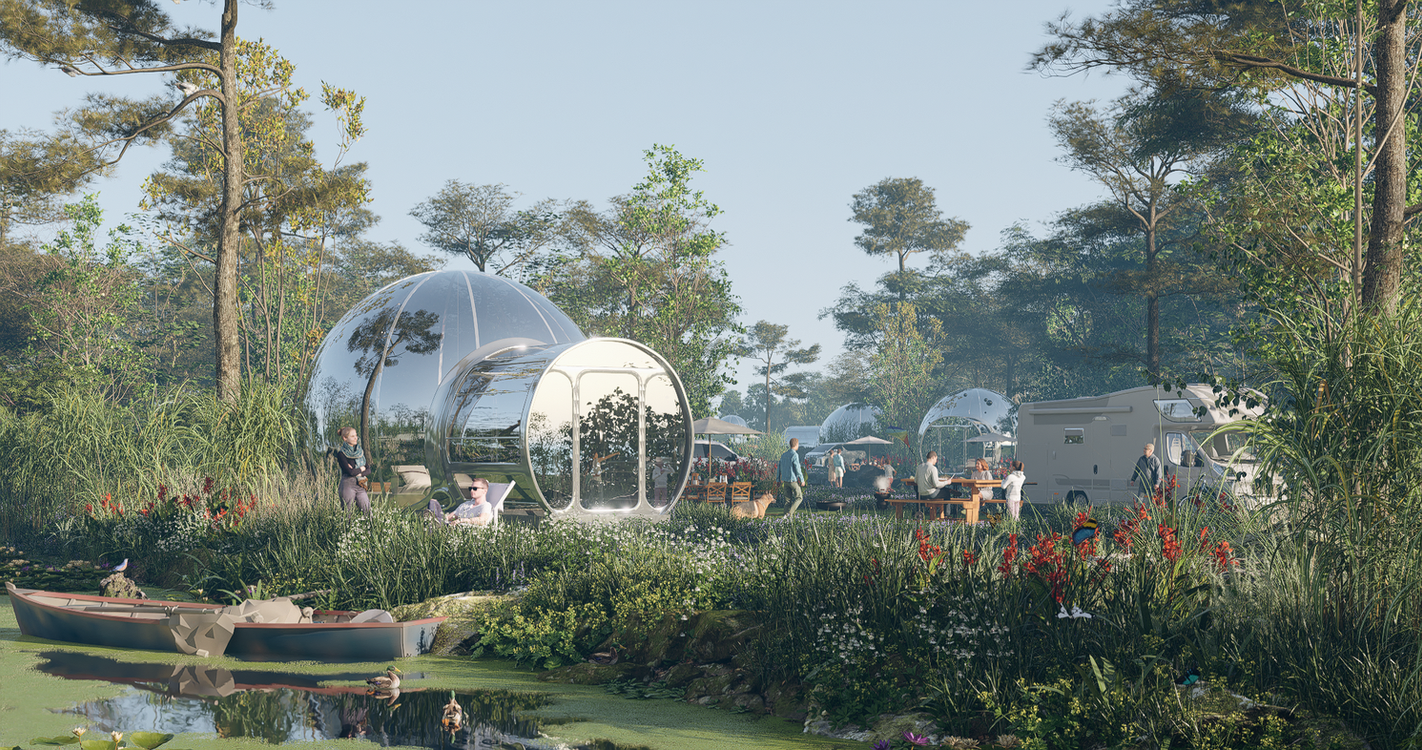
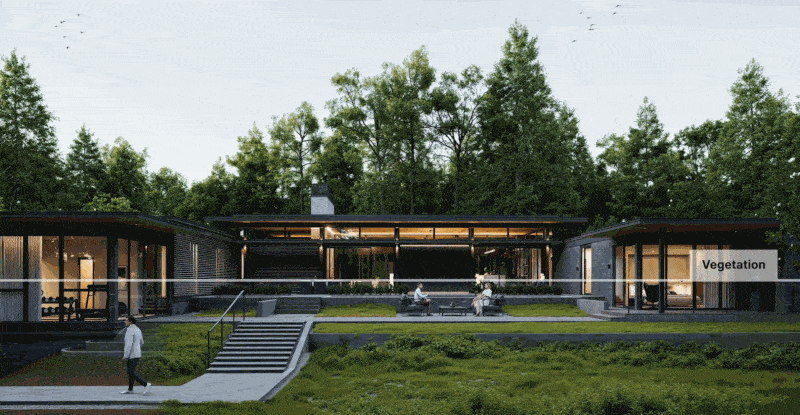
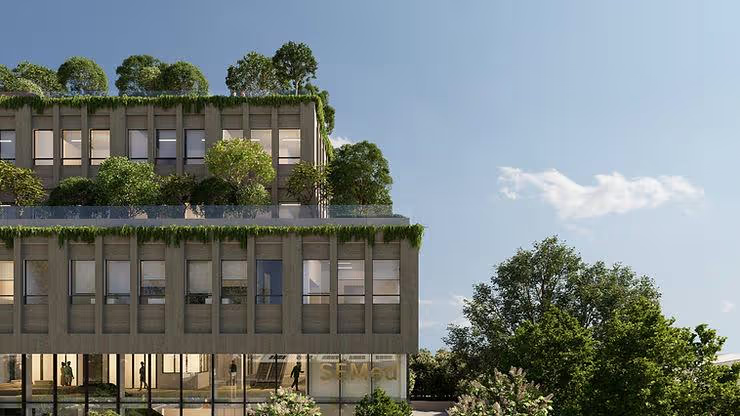
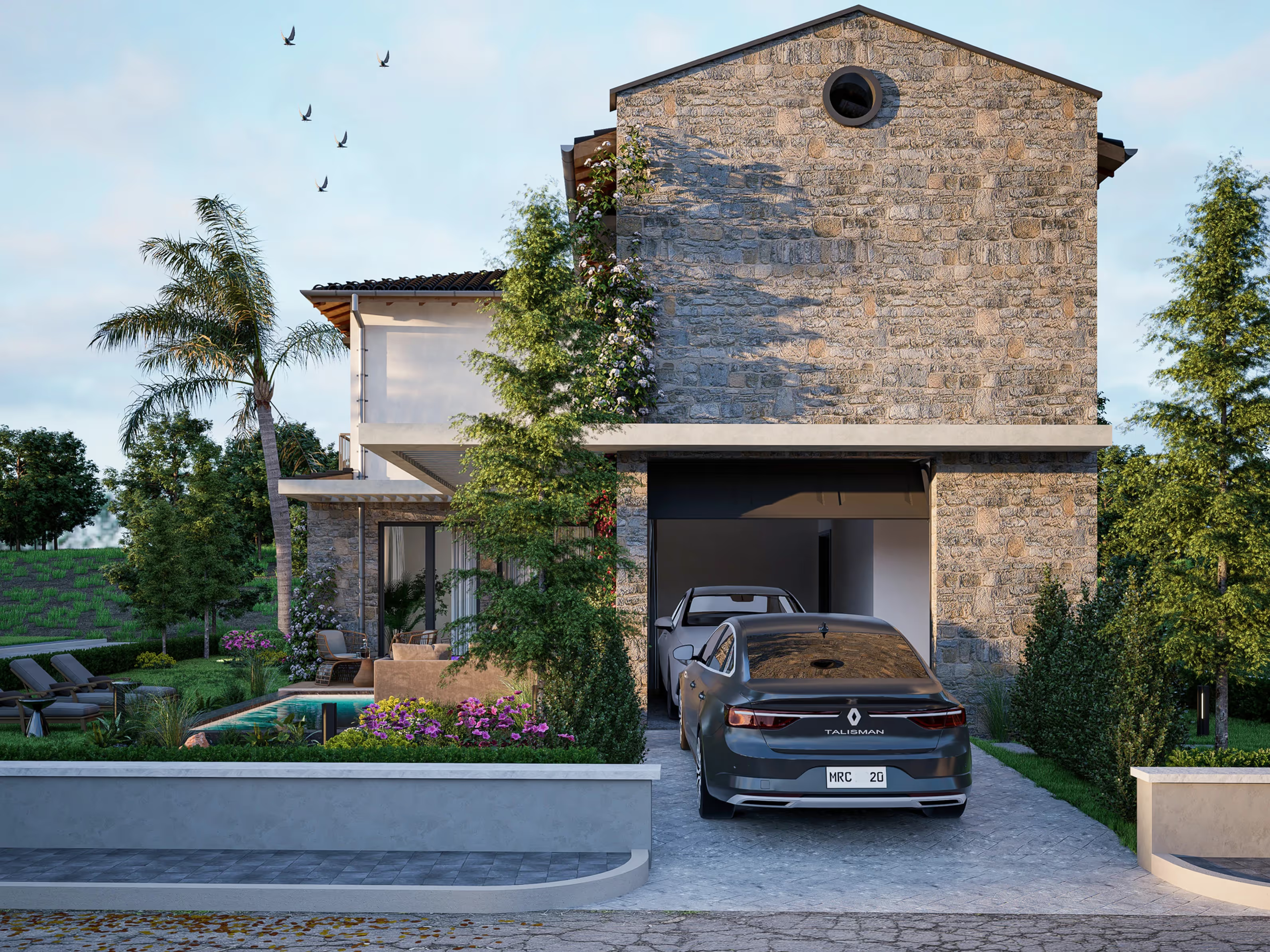
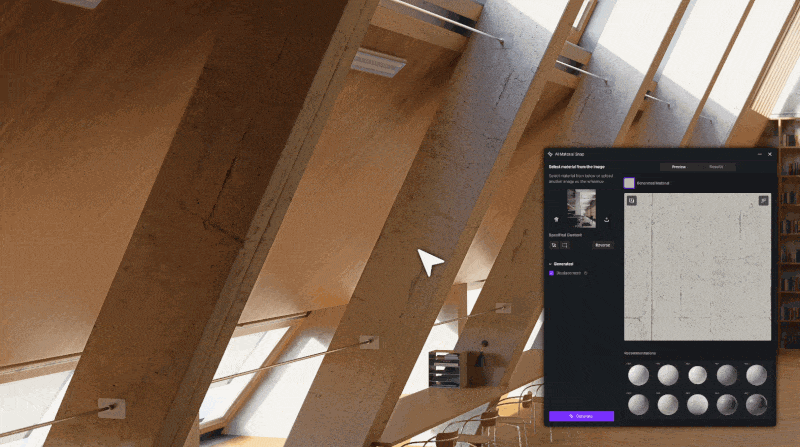

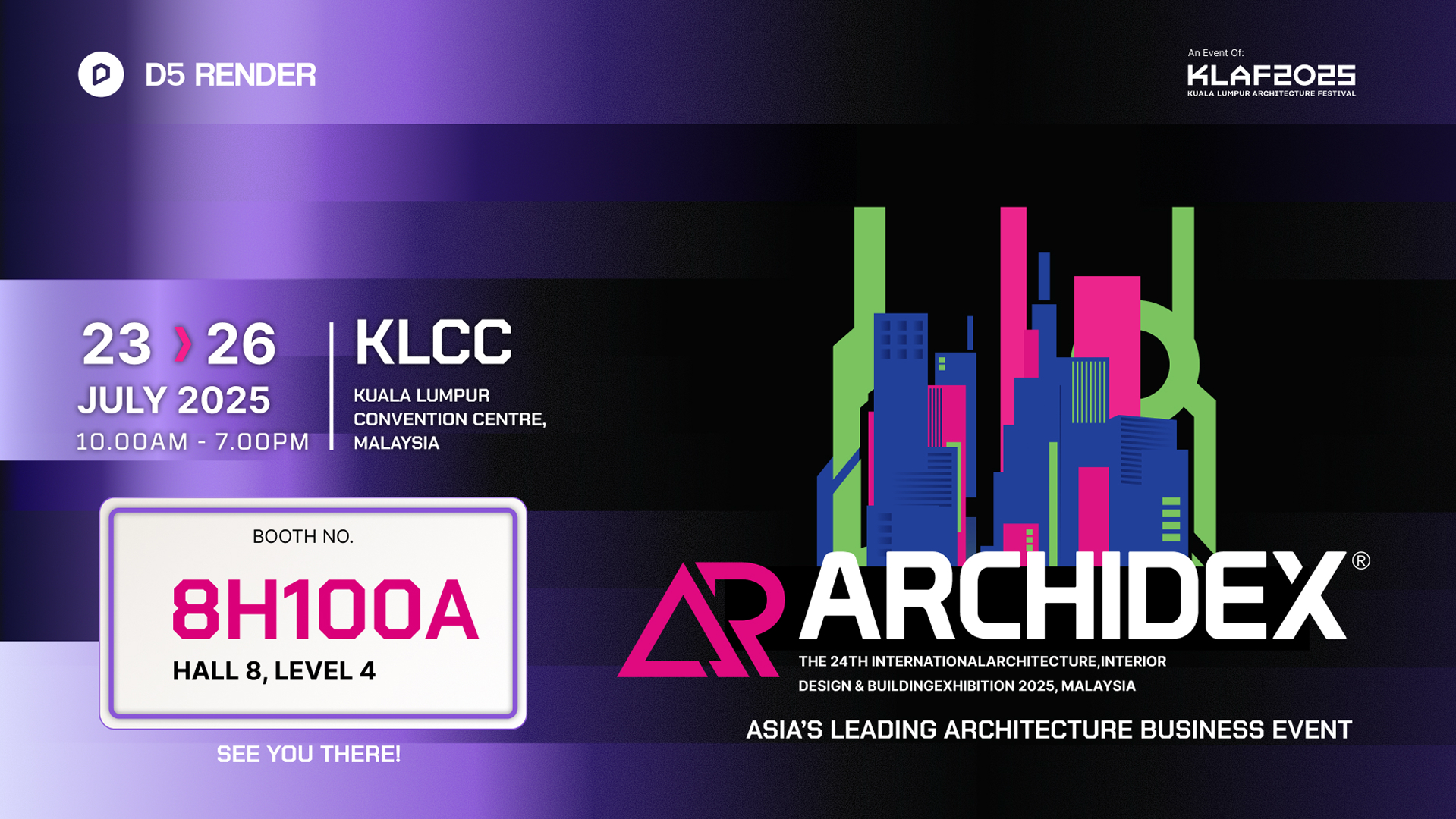
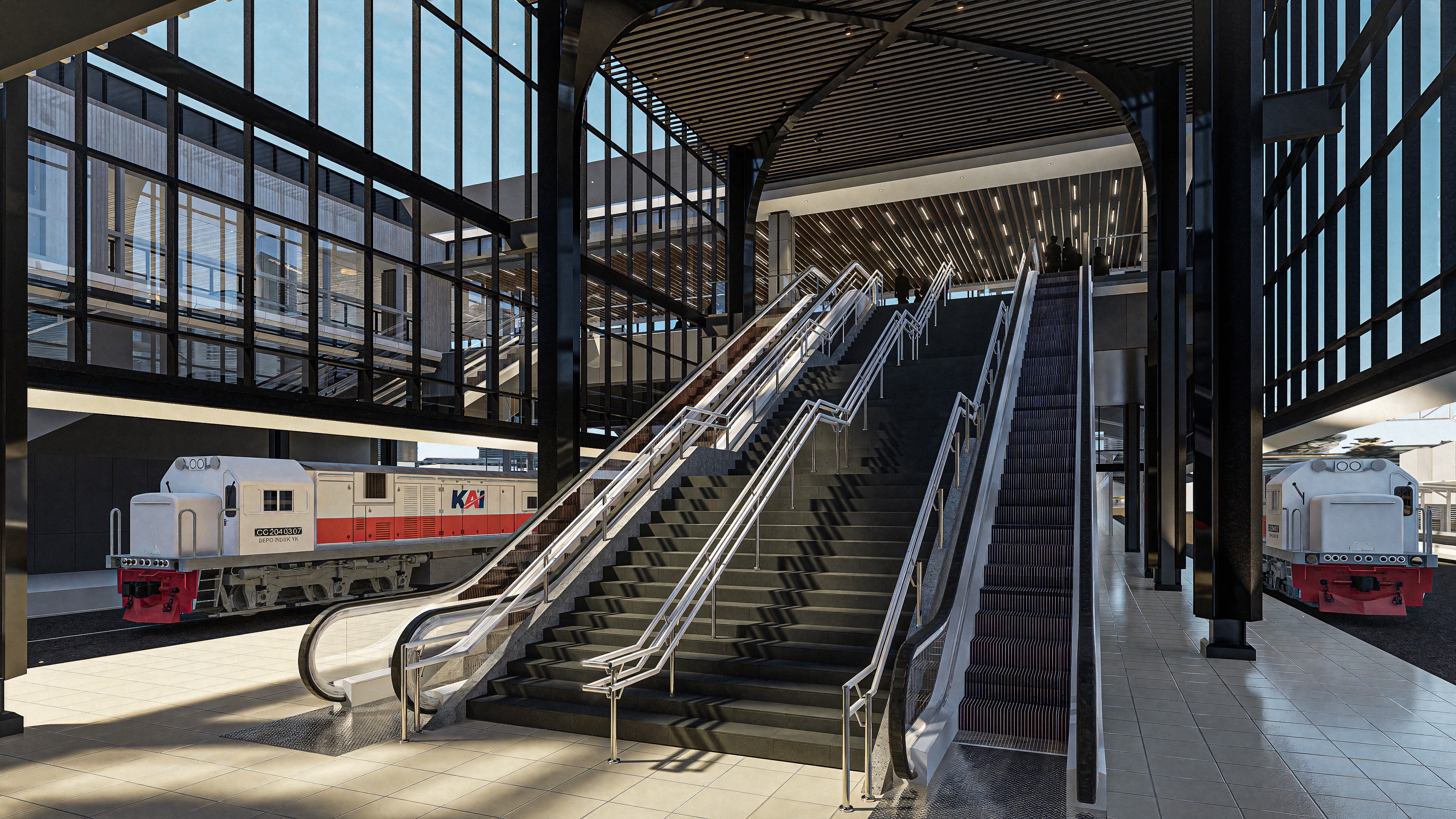
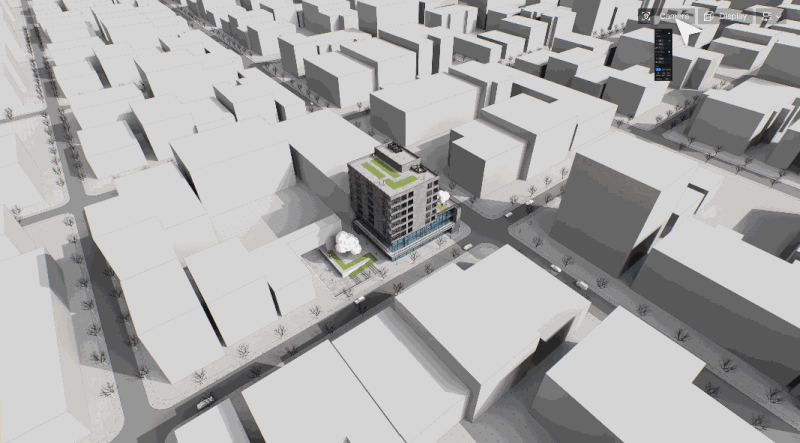

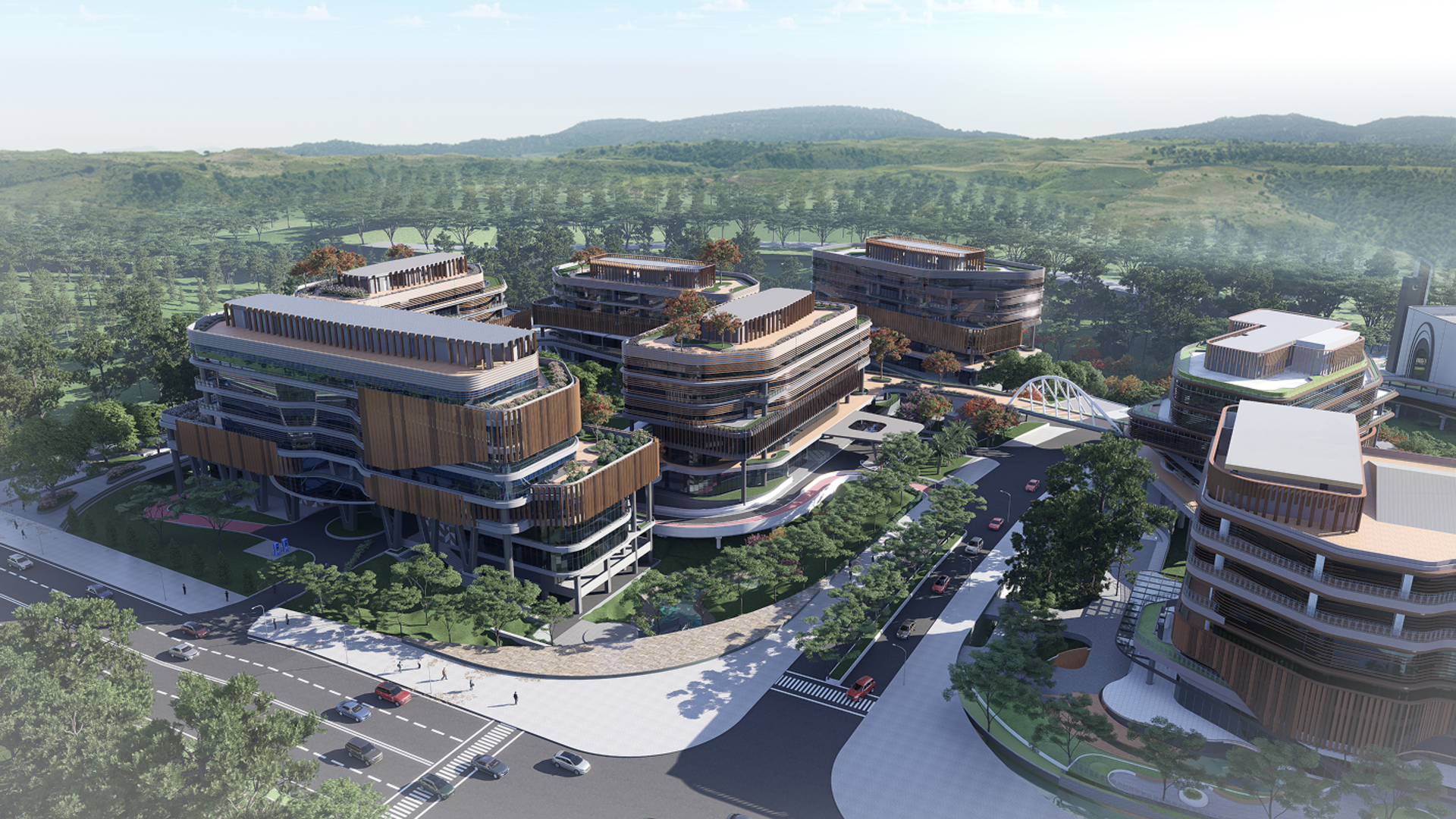
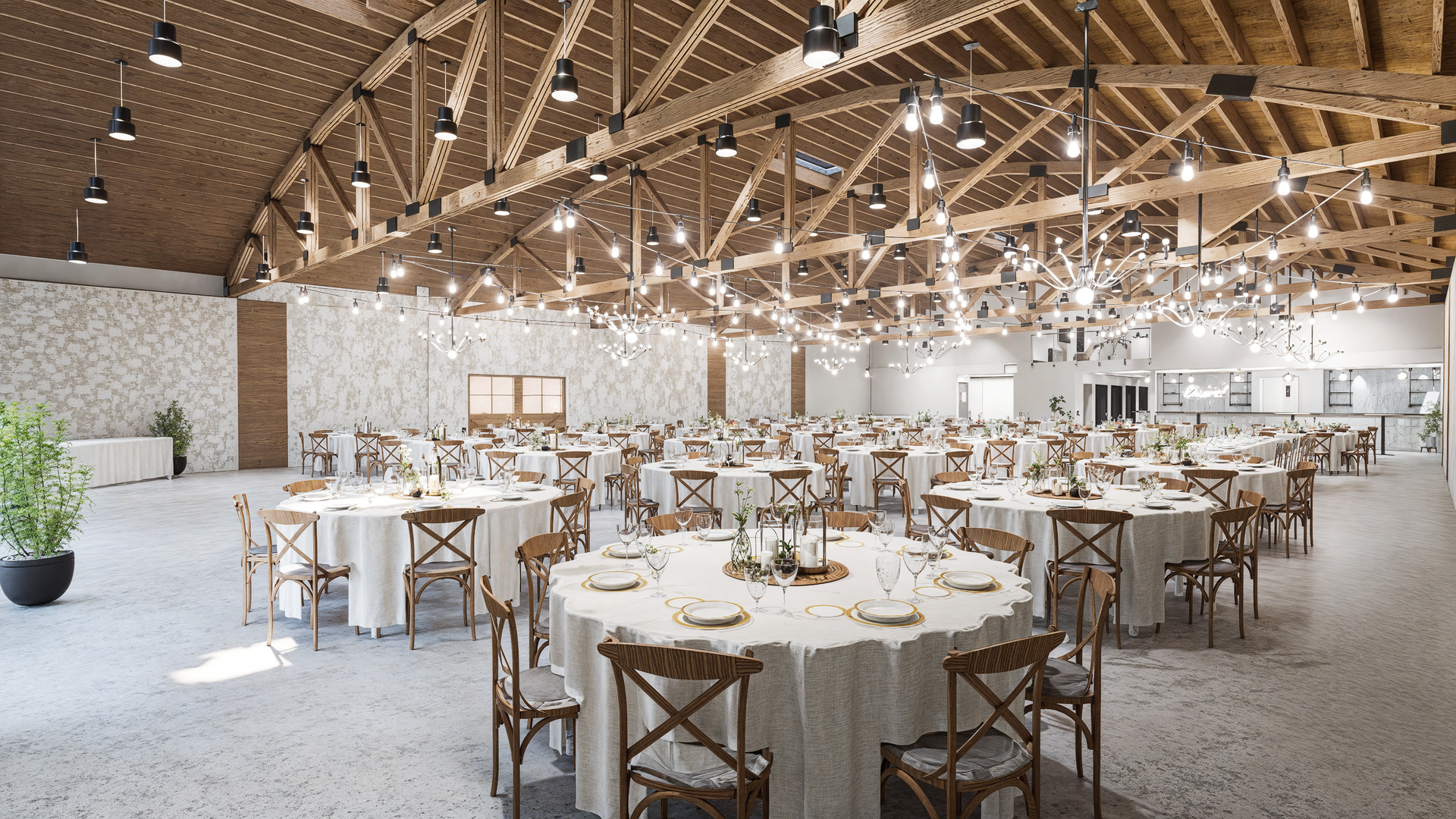
.png)
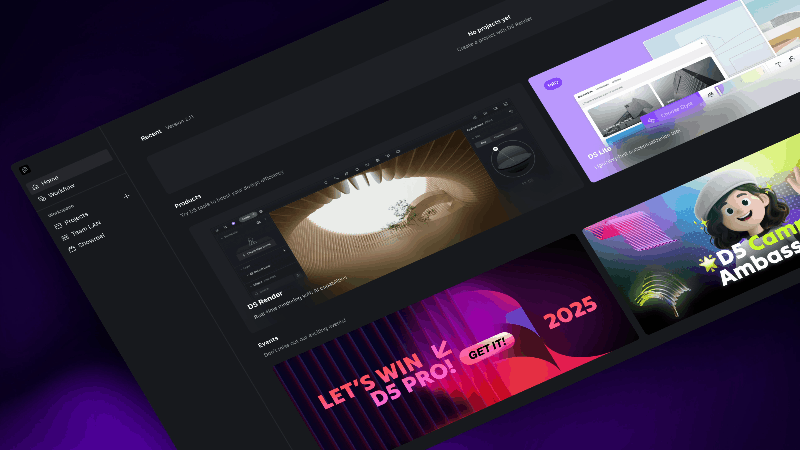
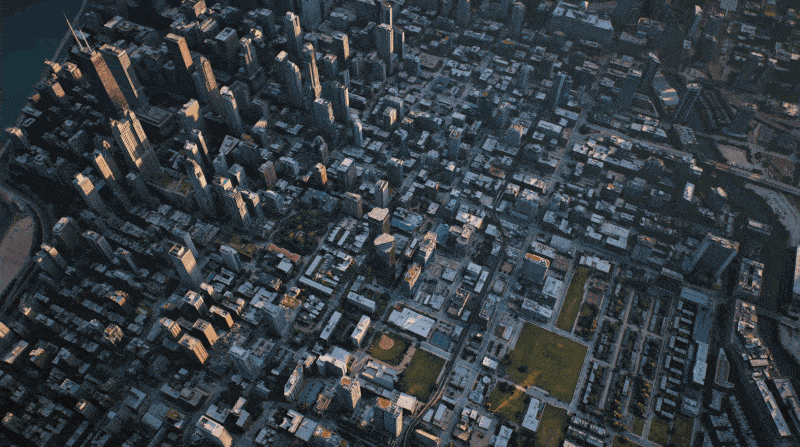
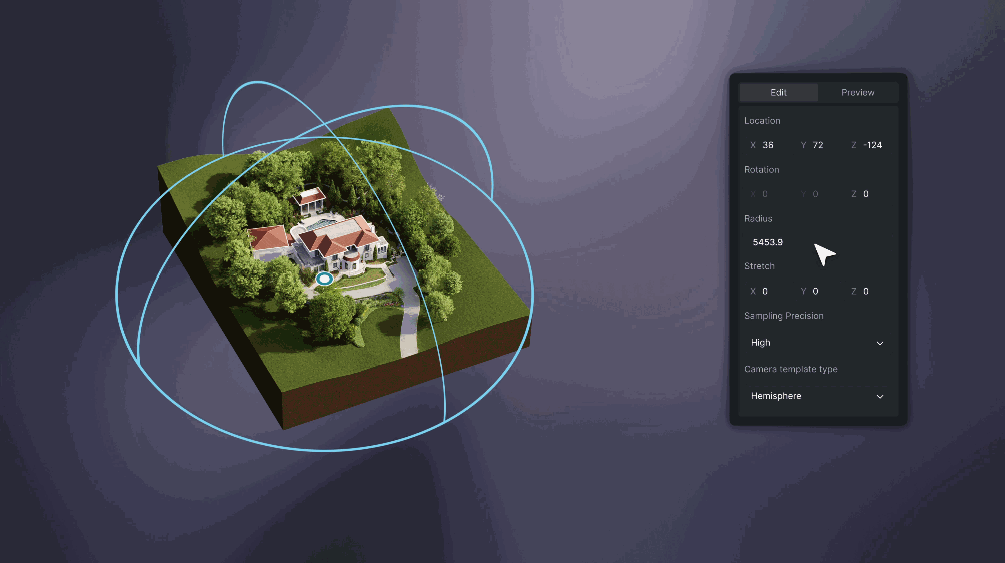
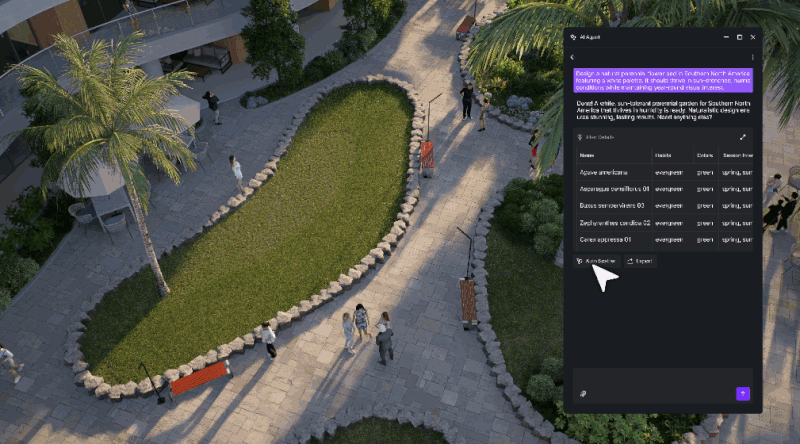
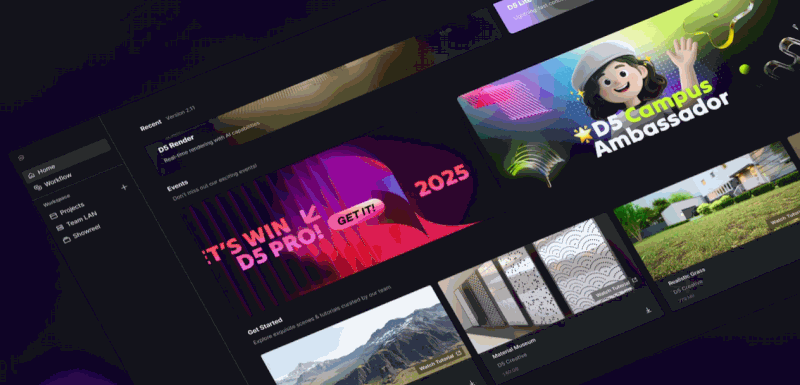
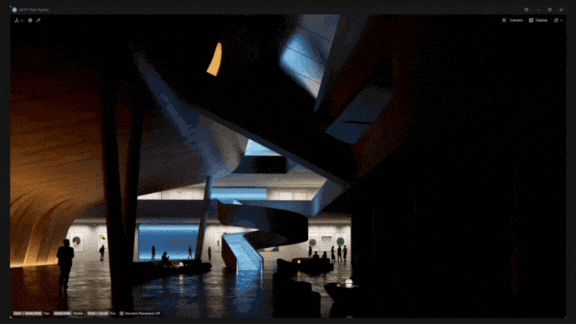
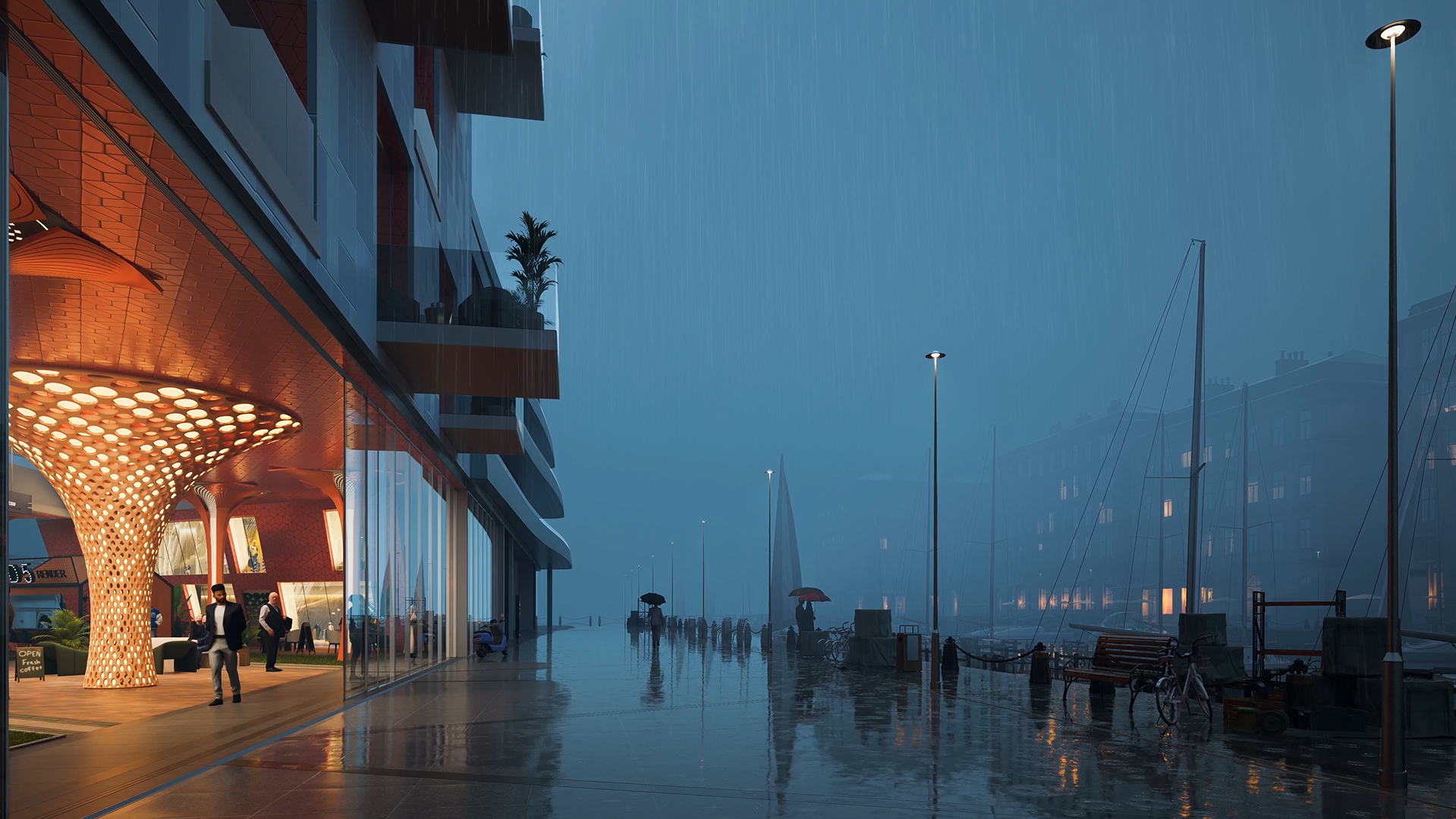
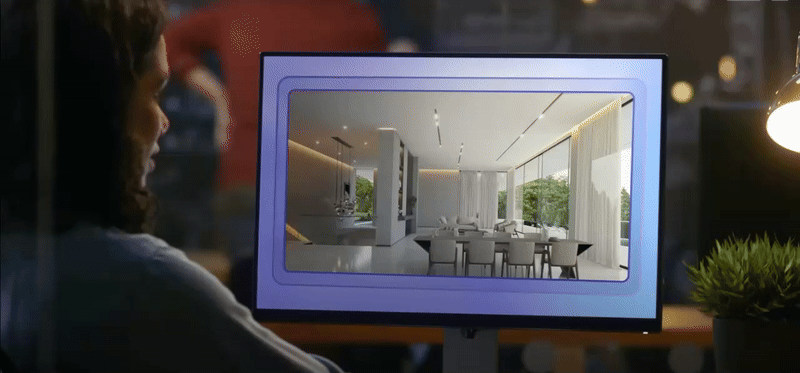






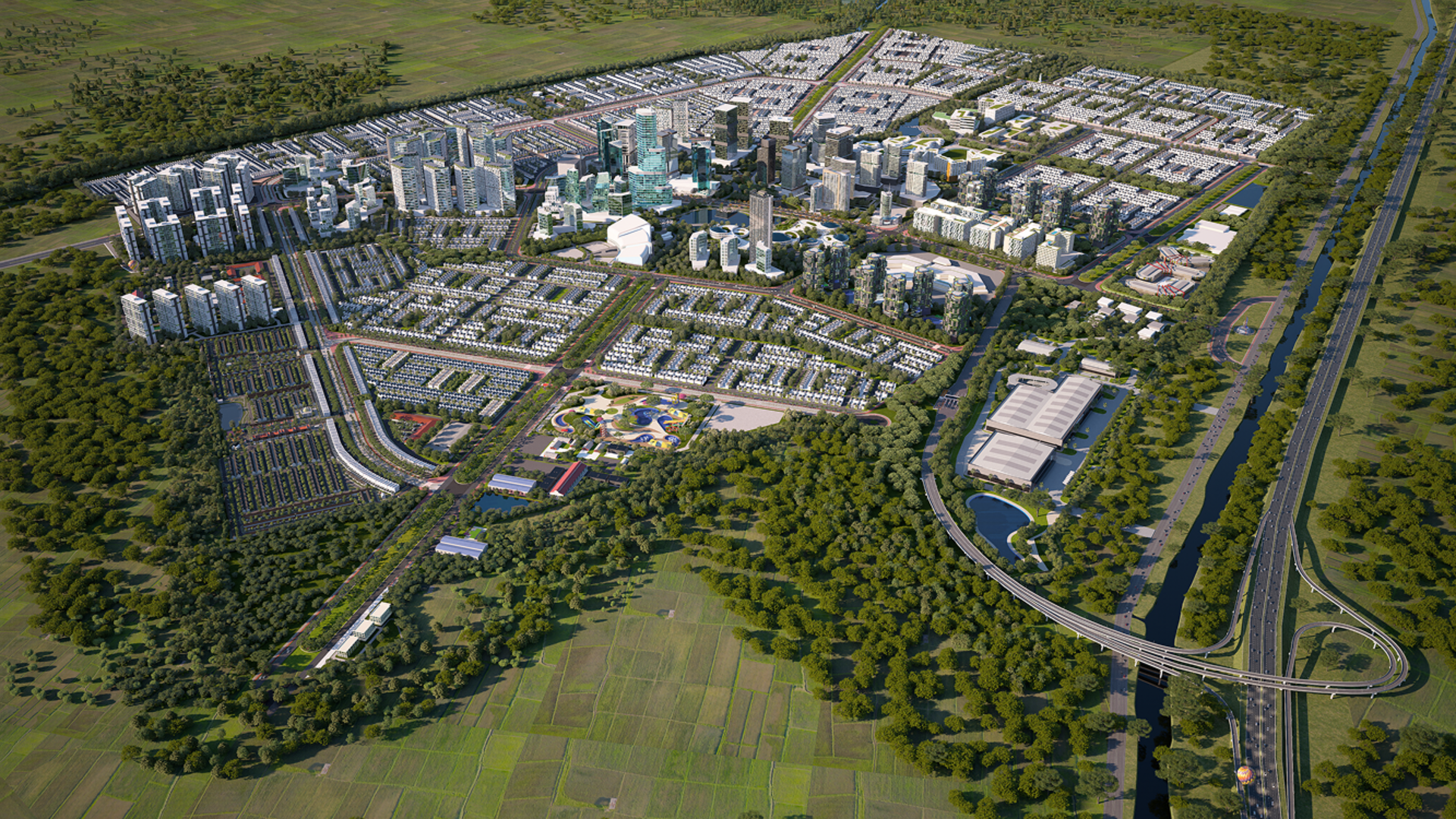

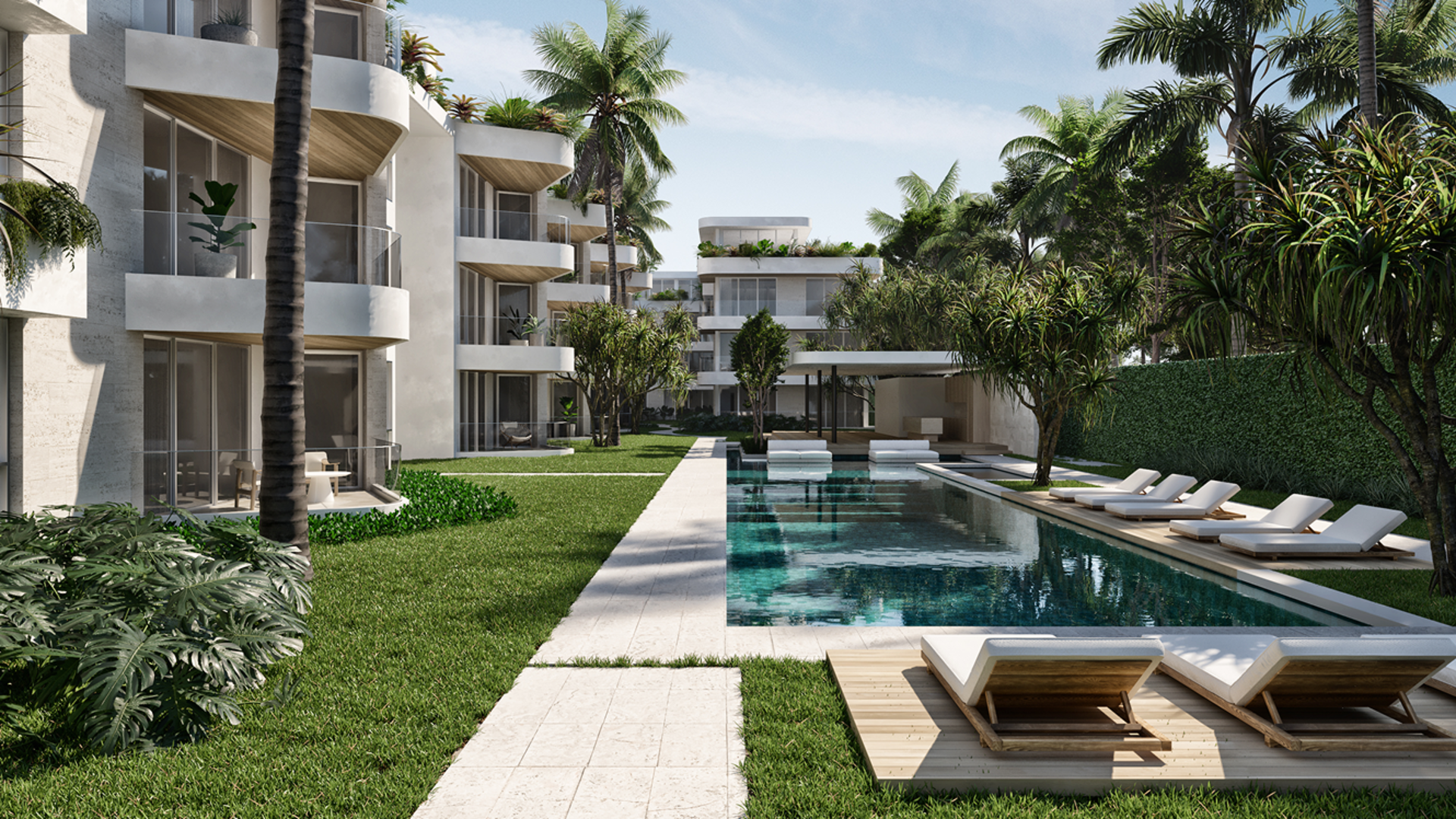





.png)





